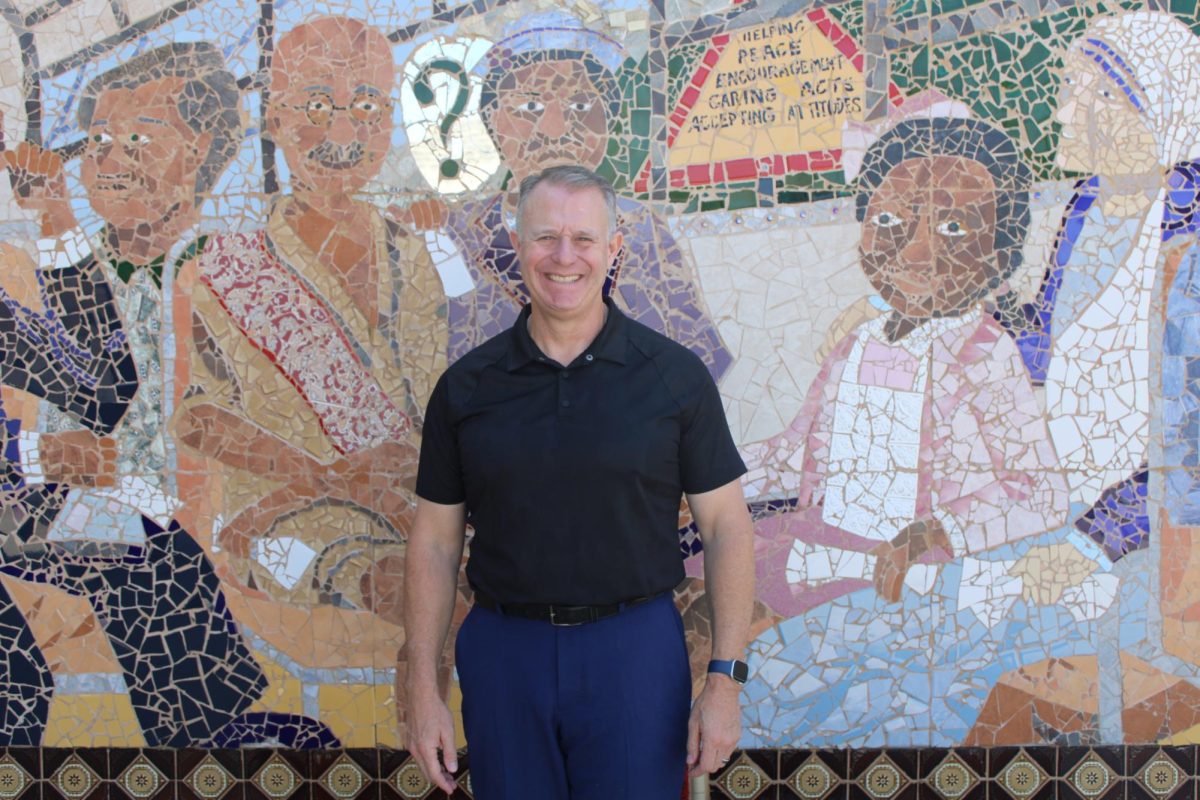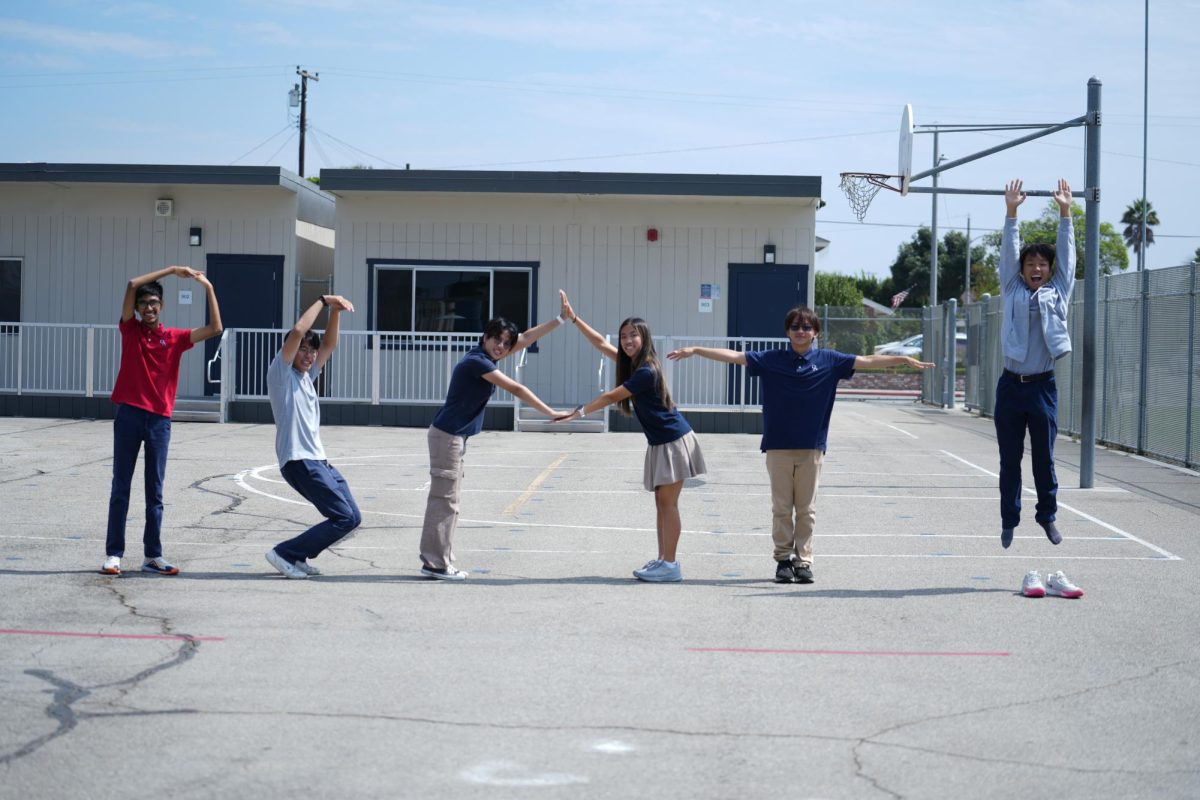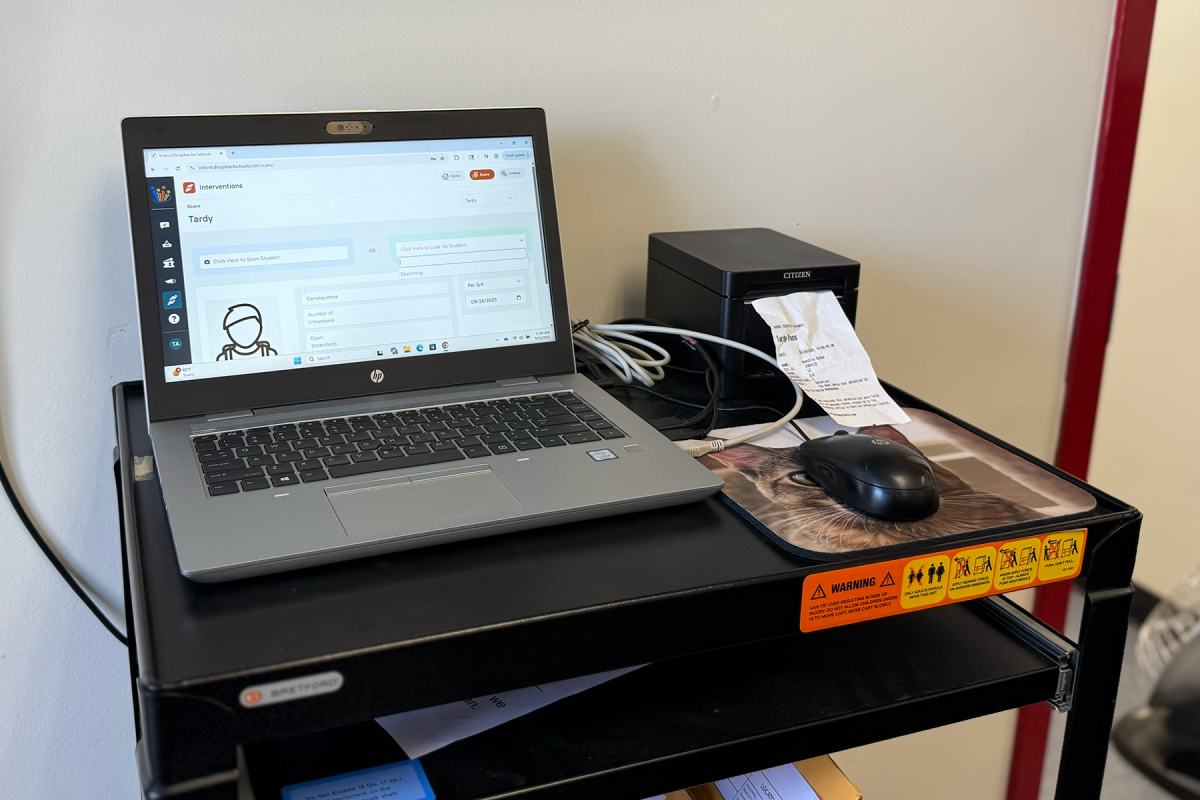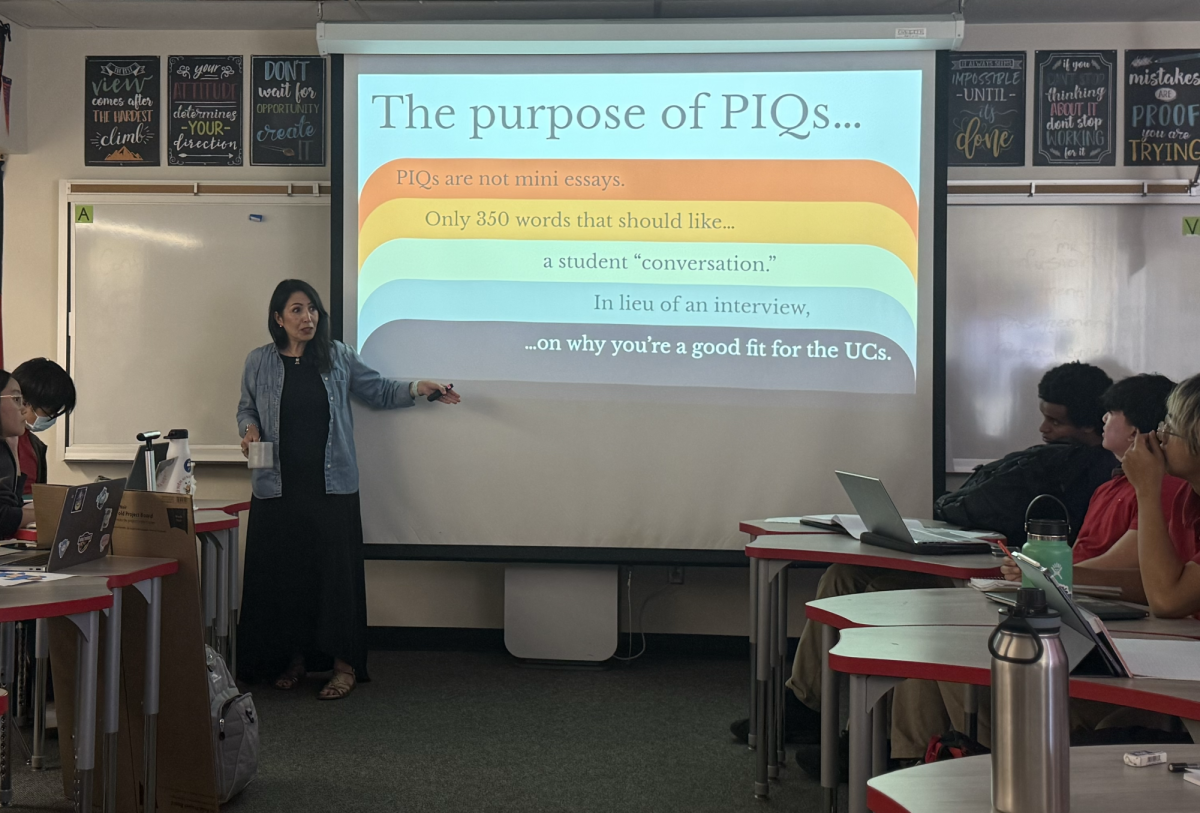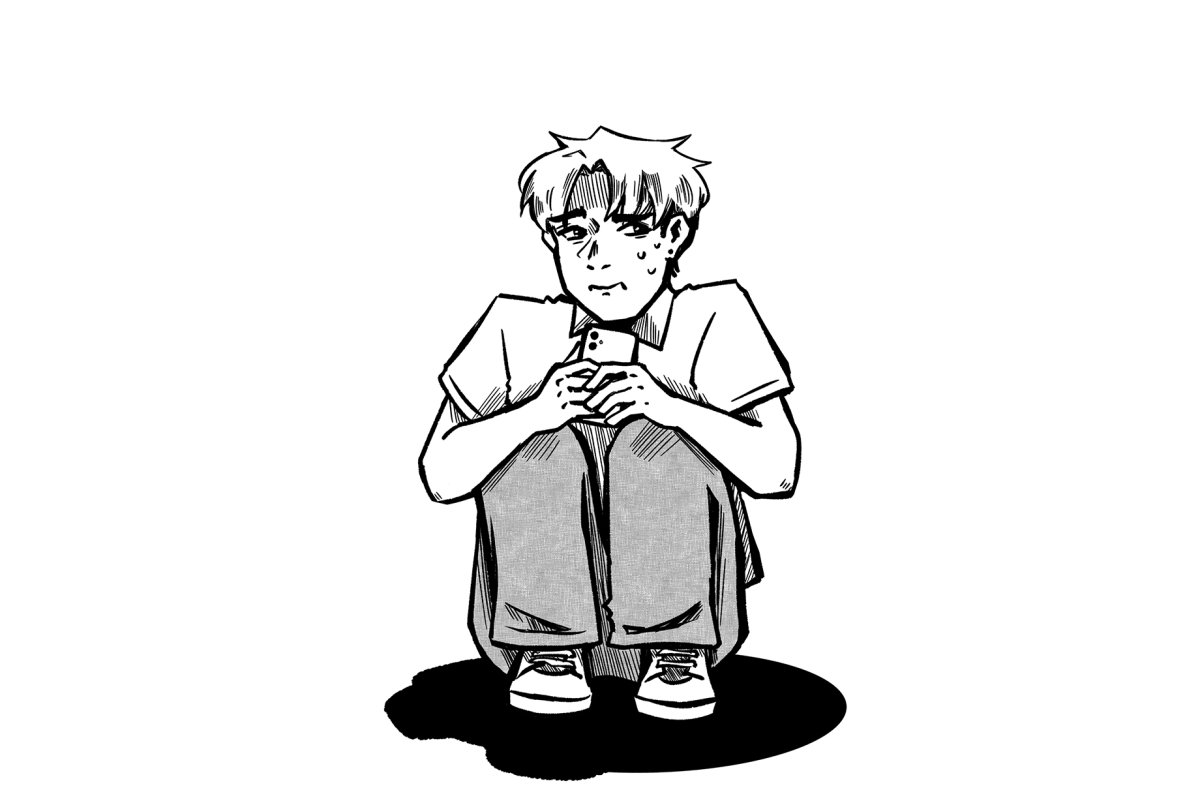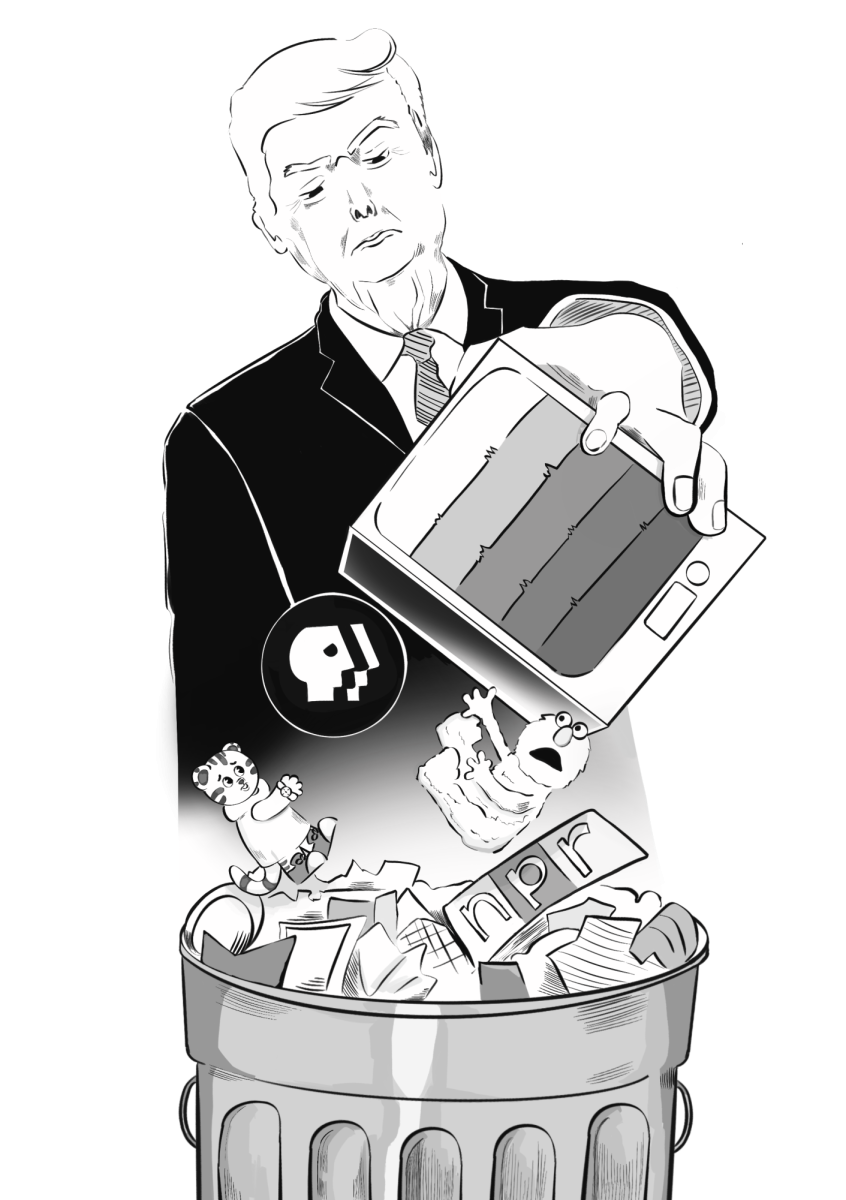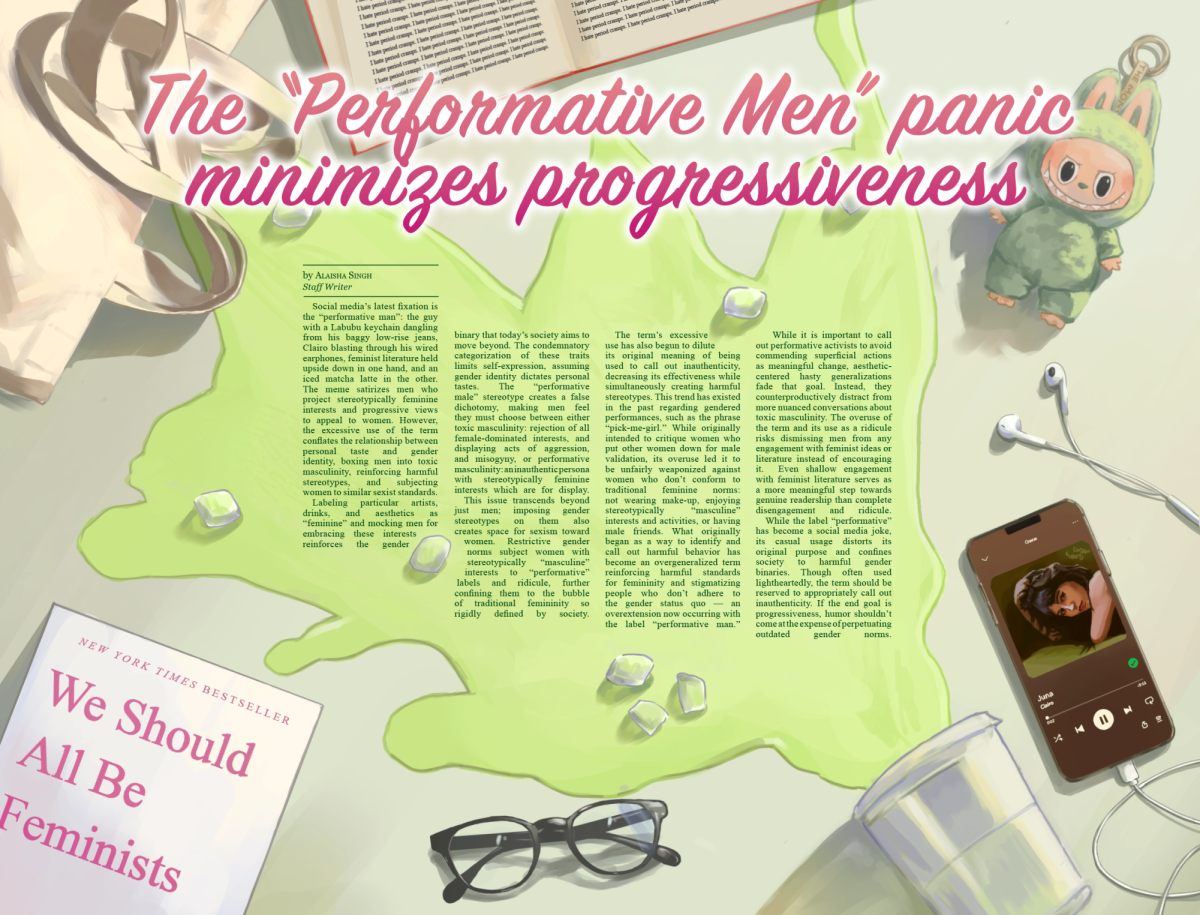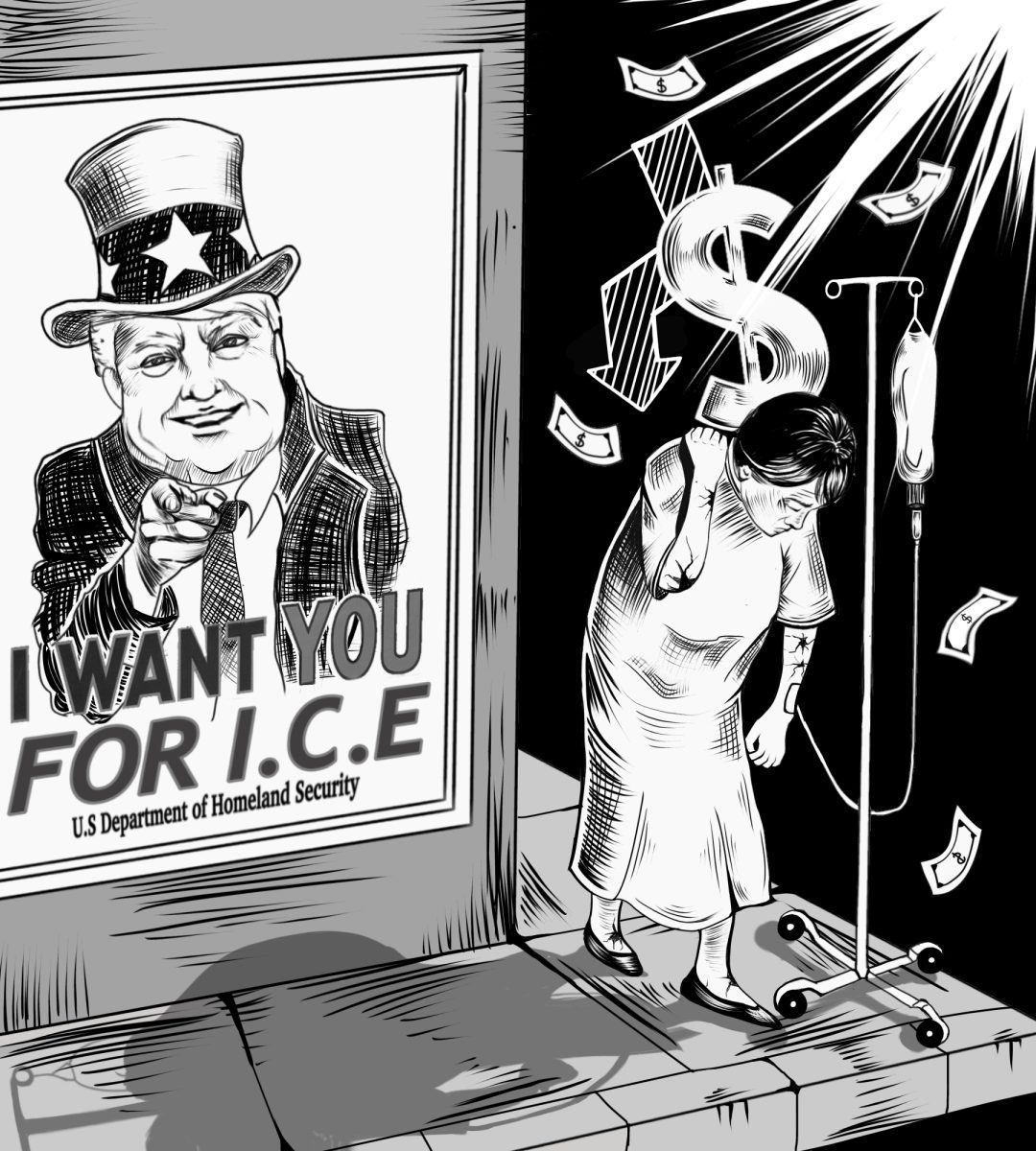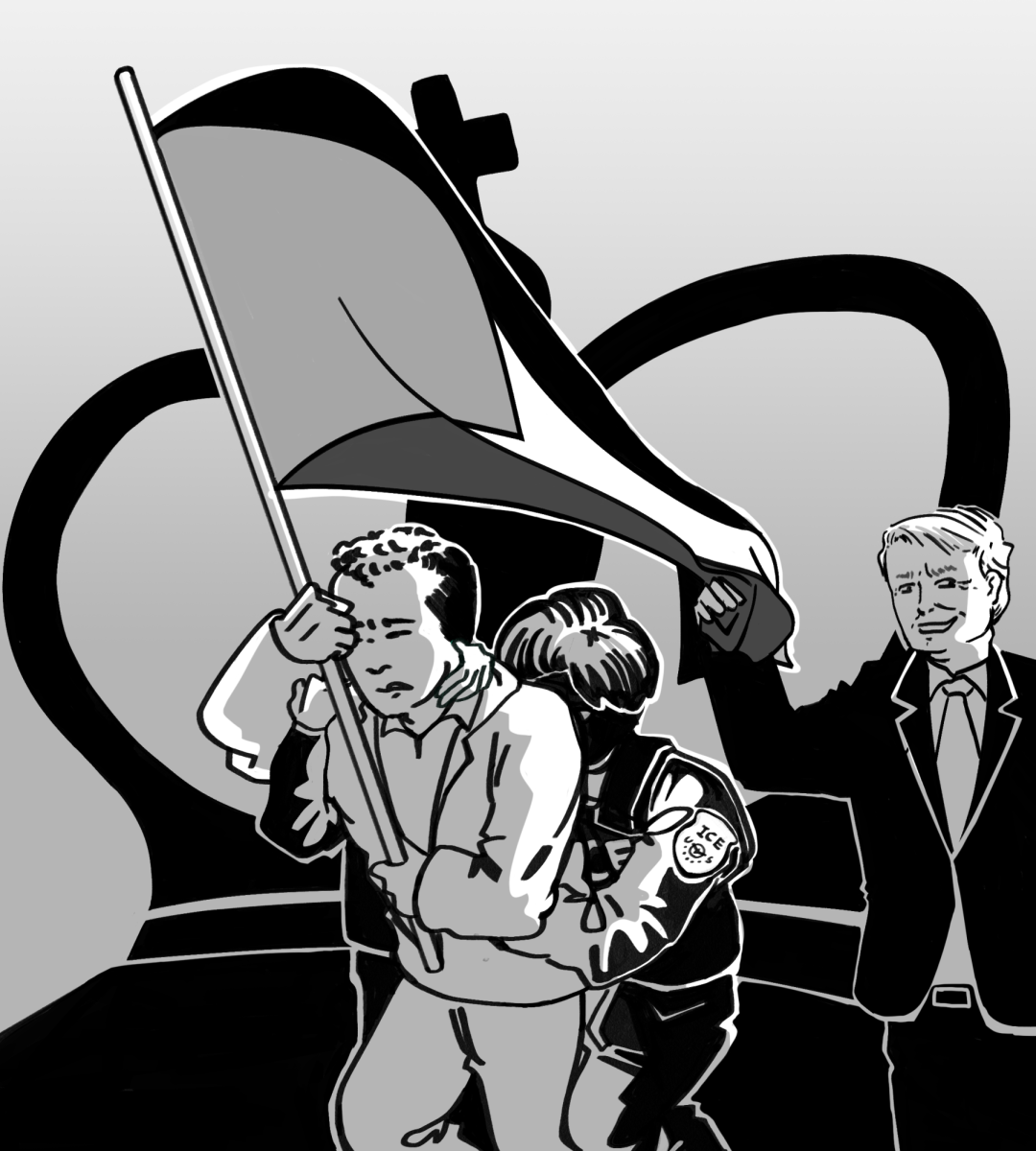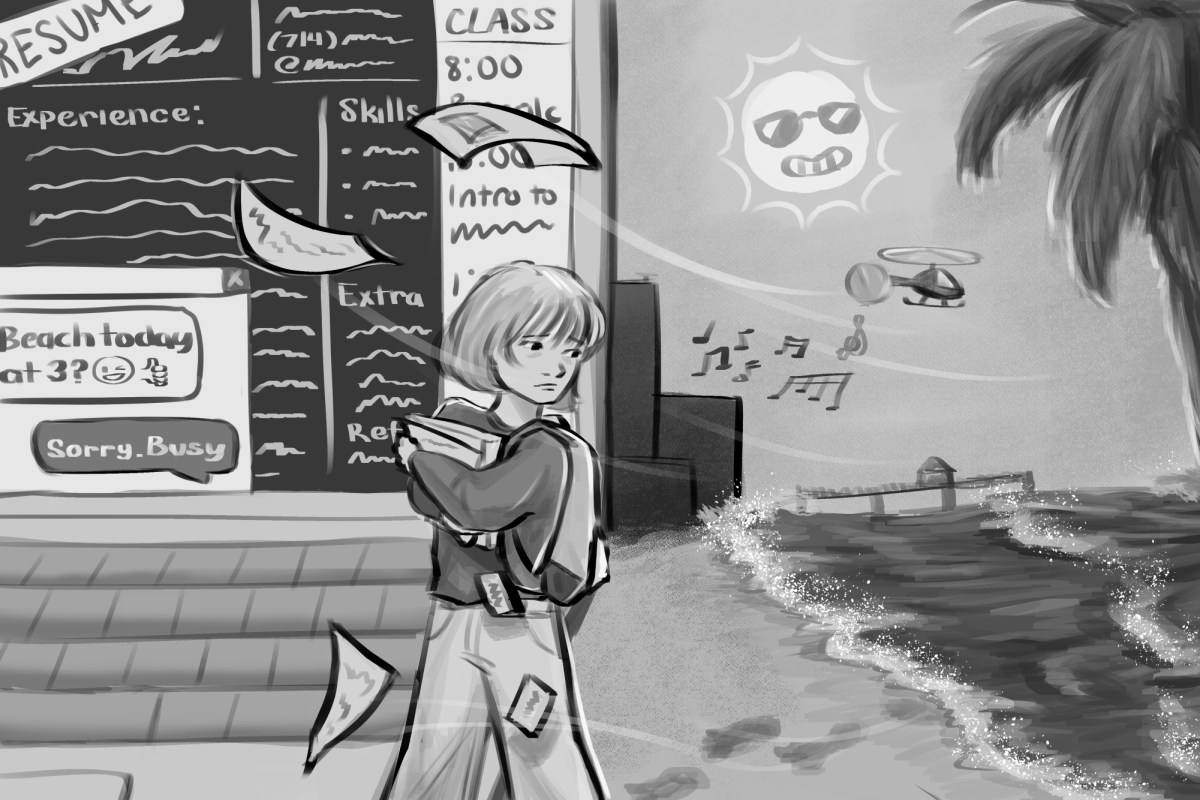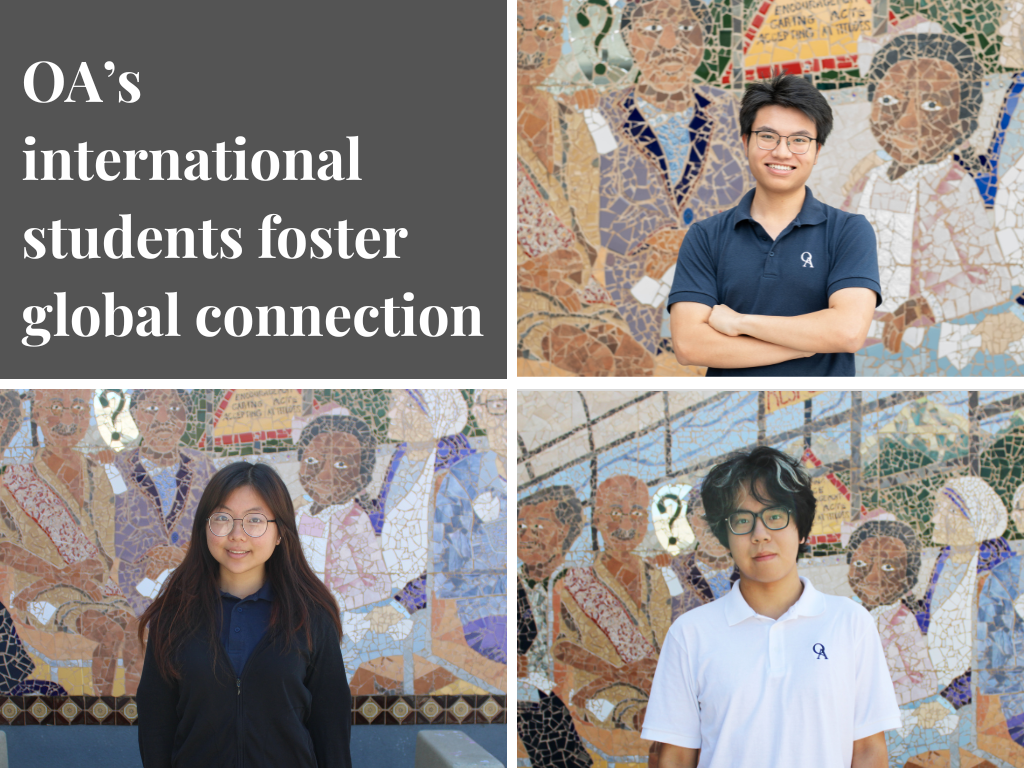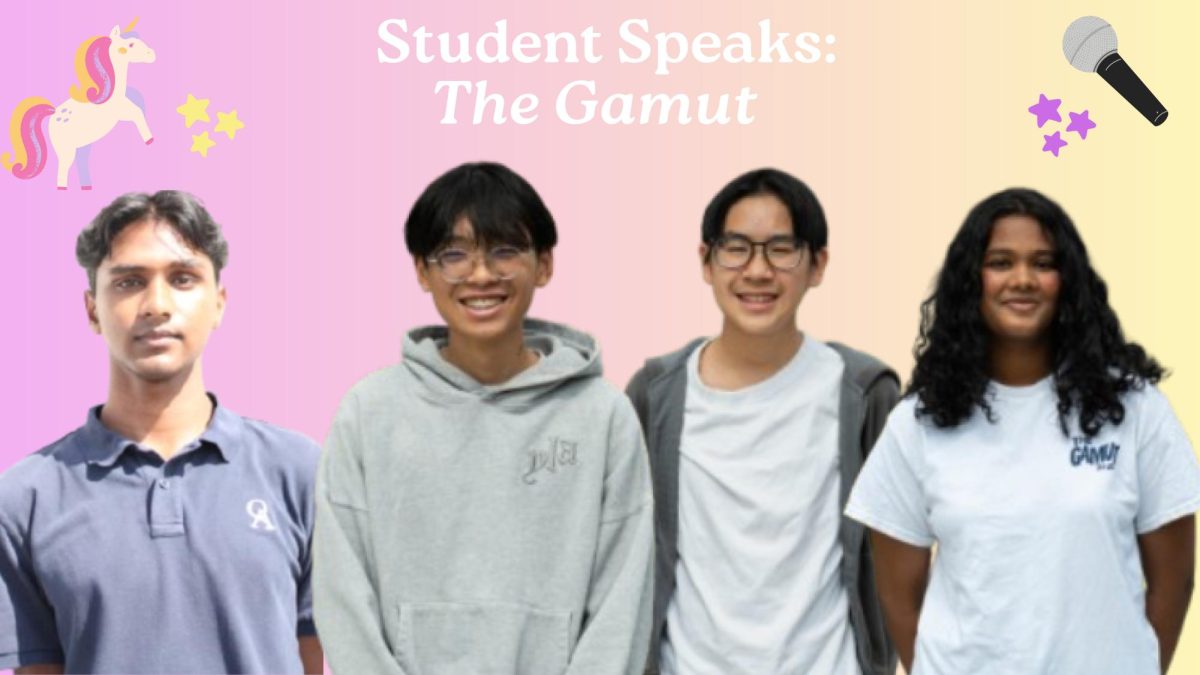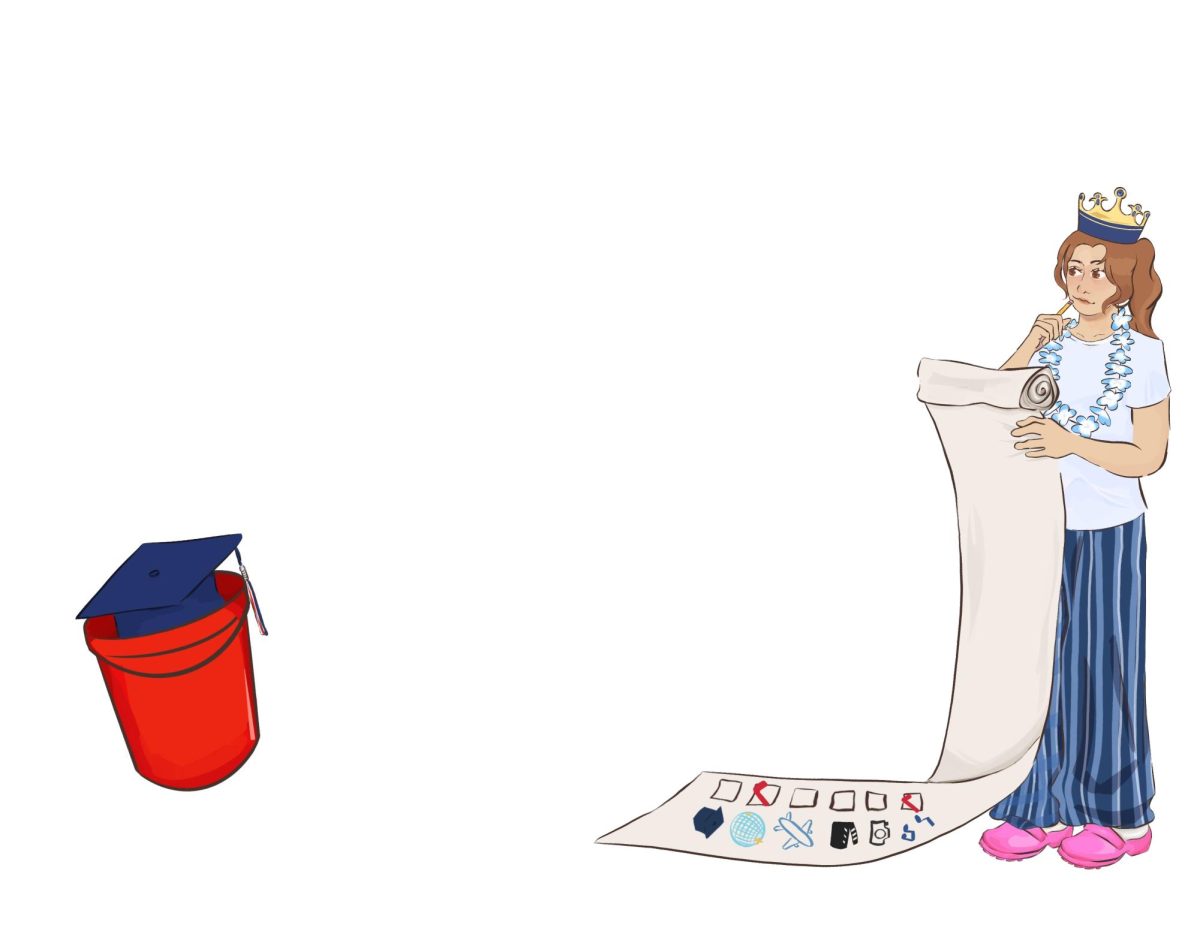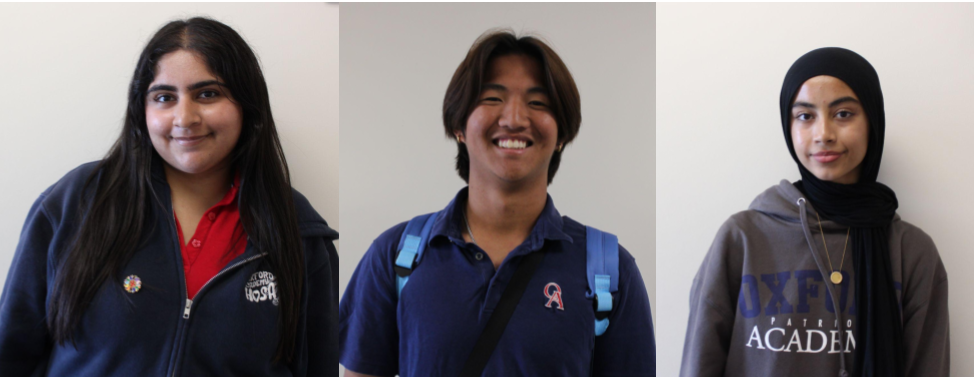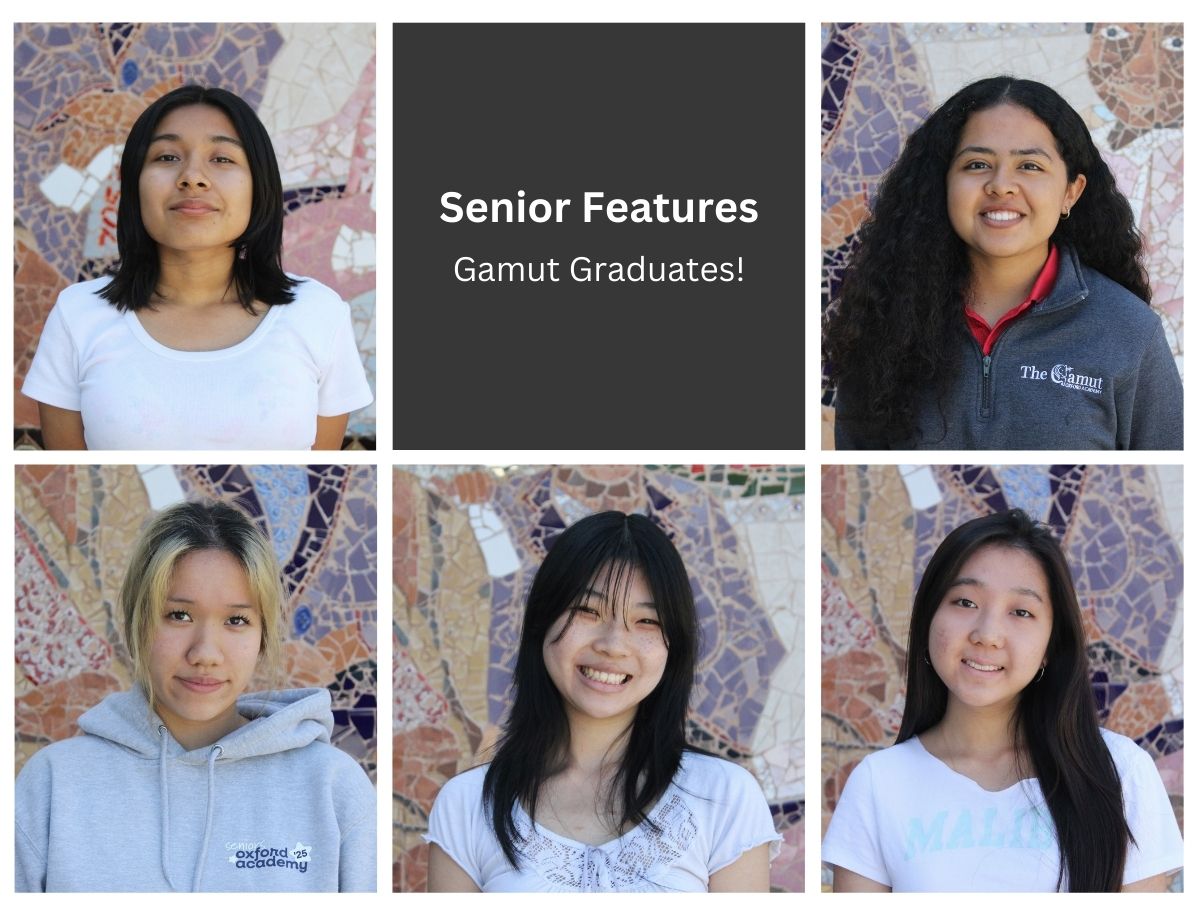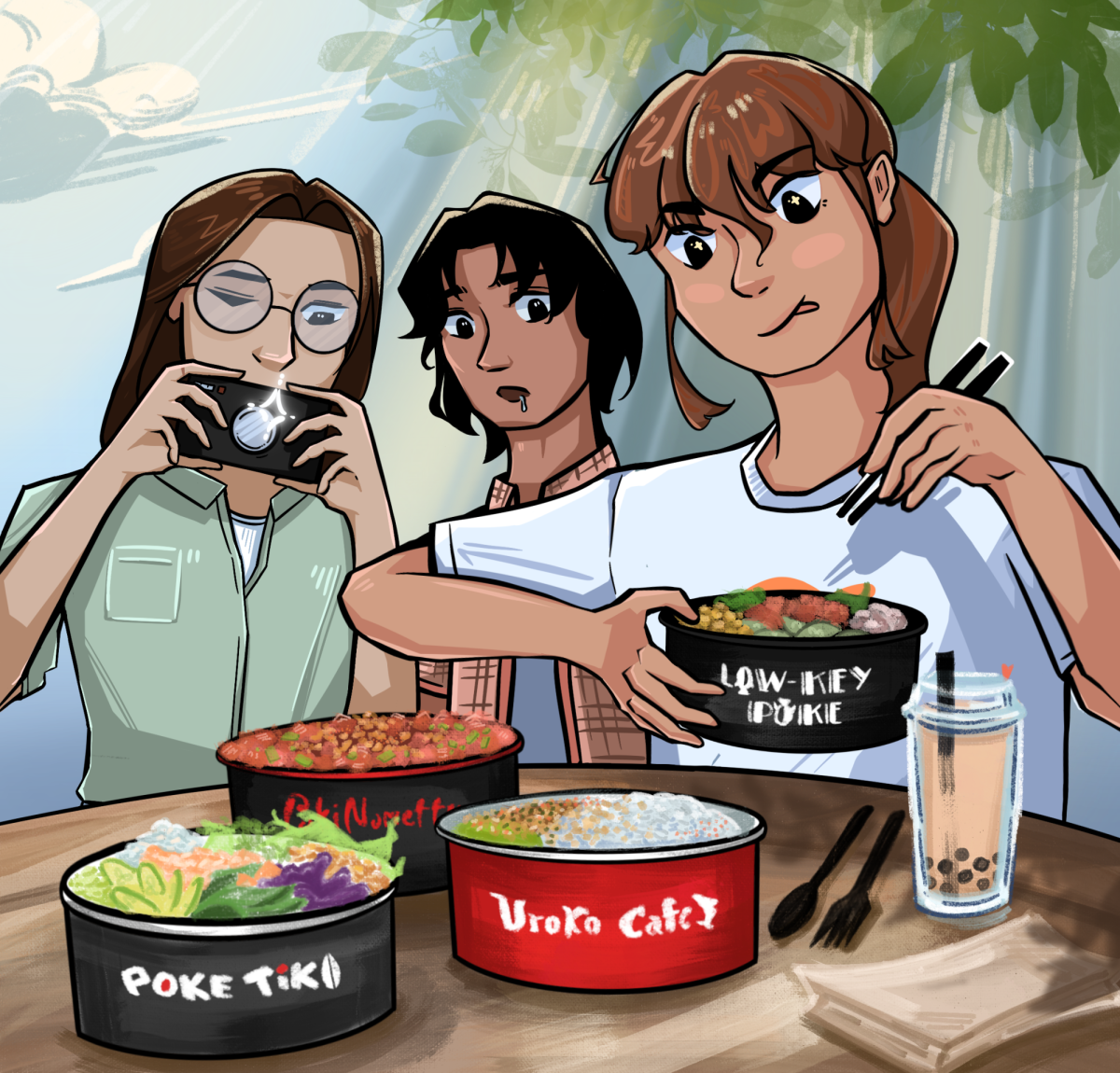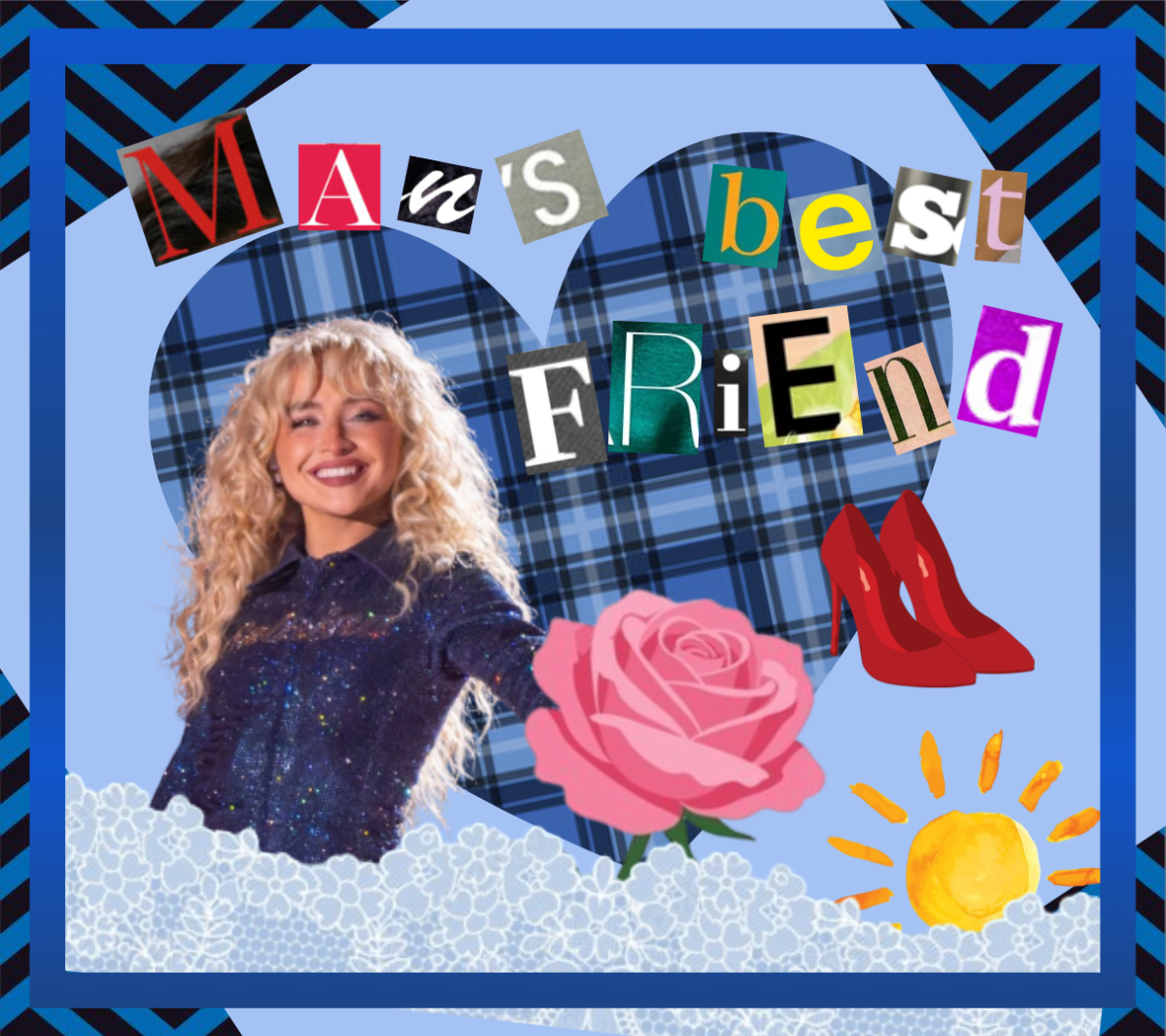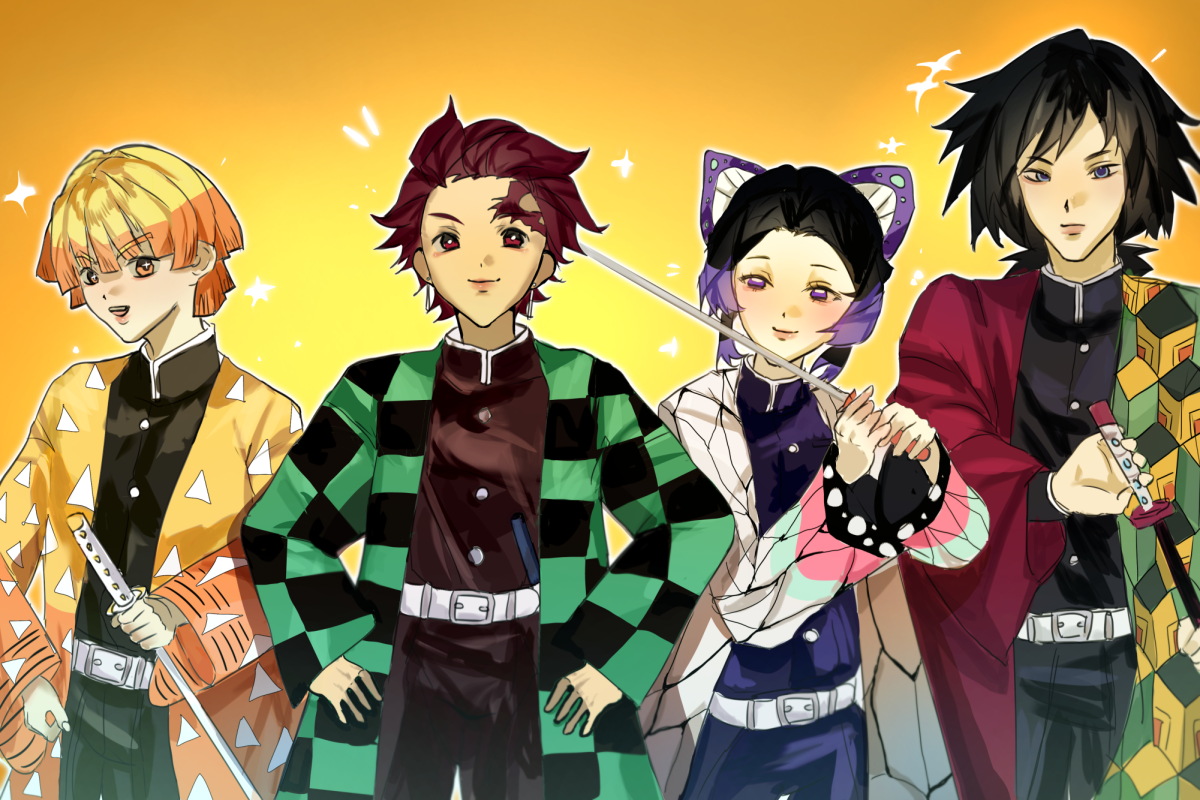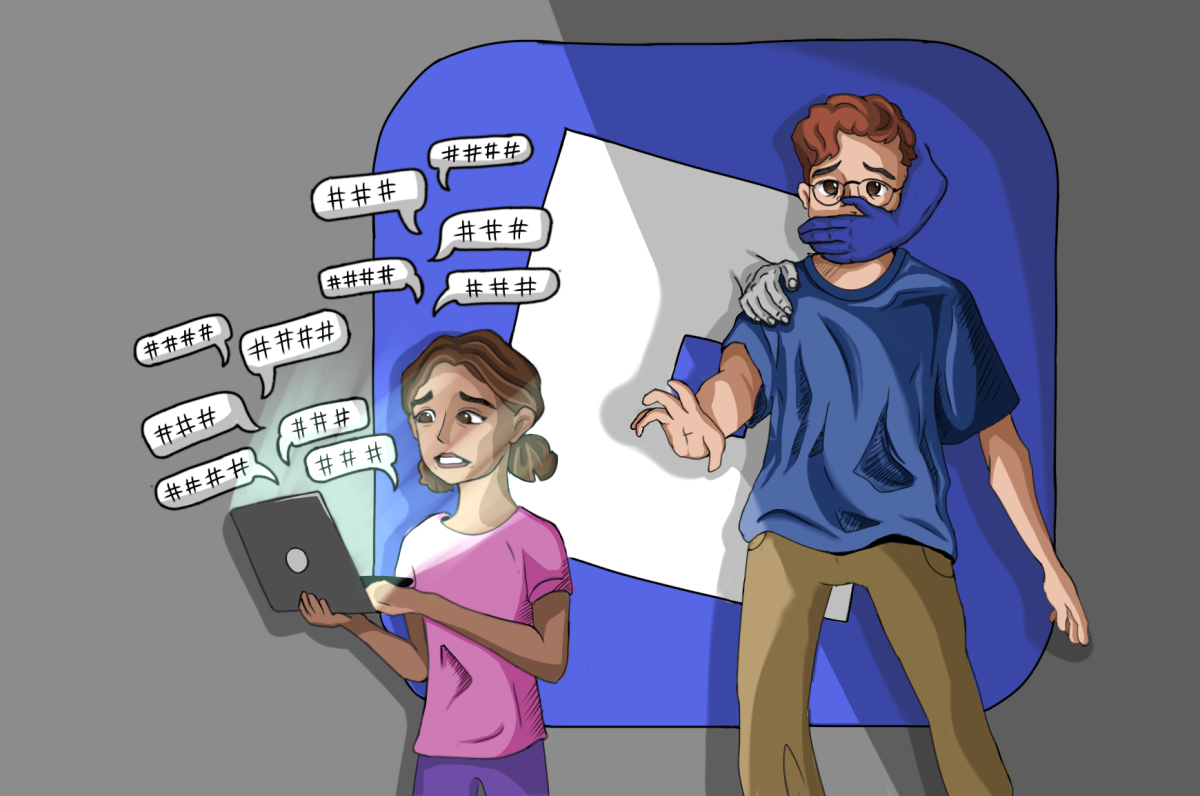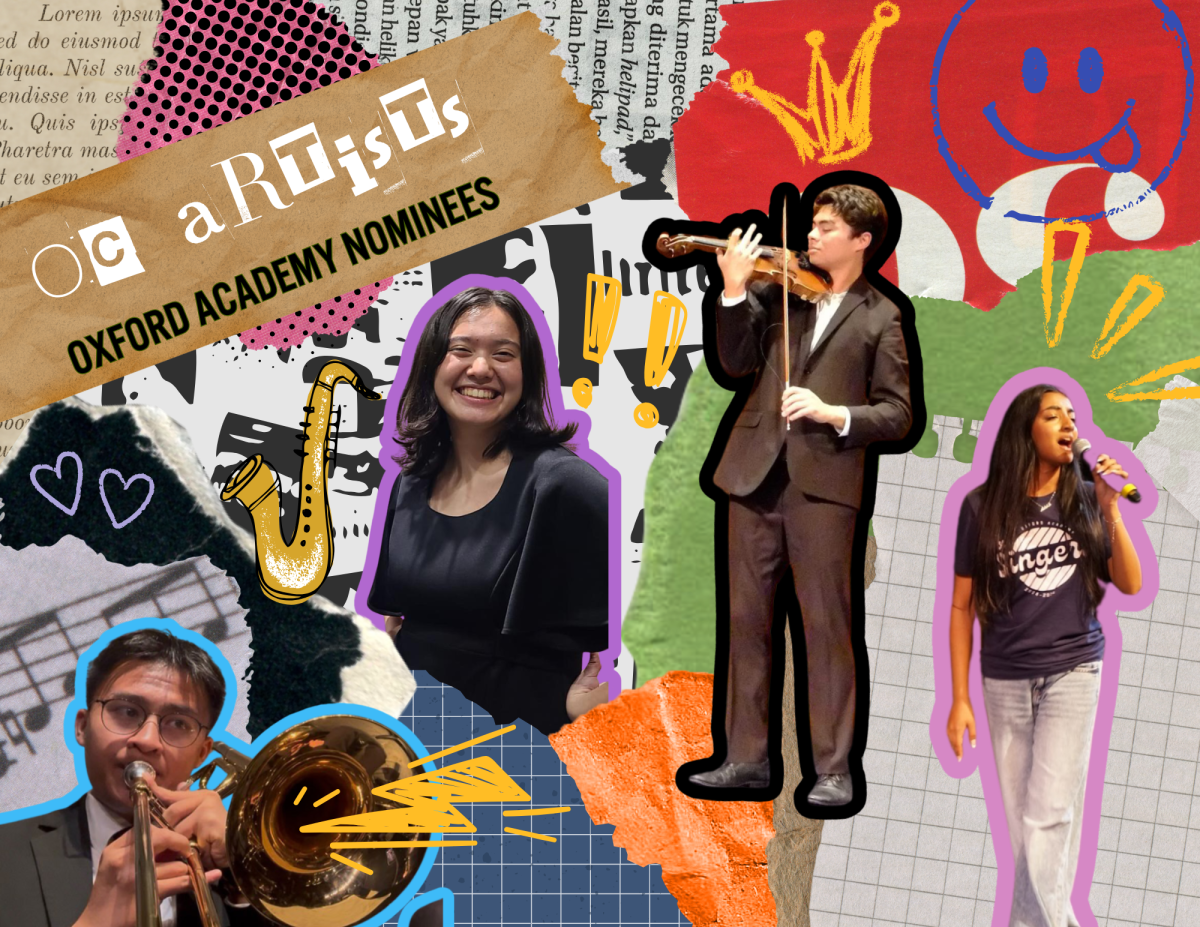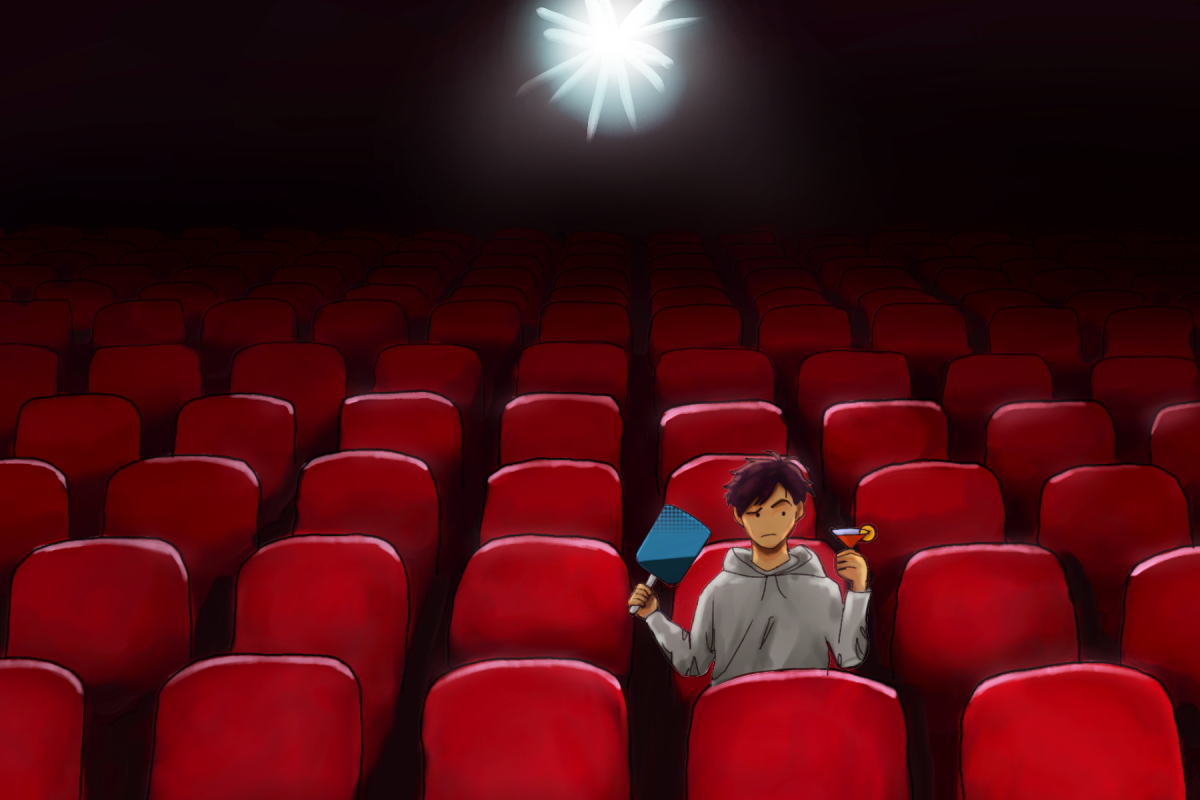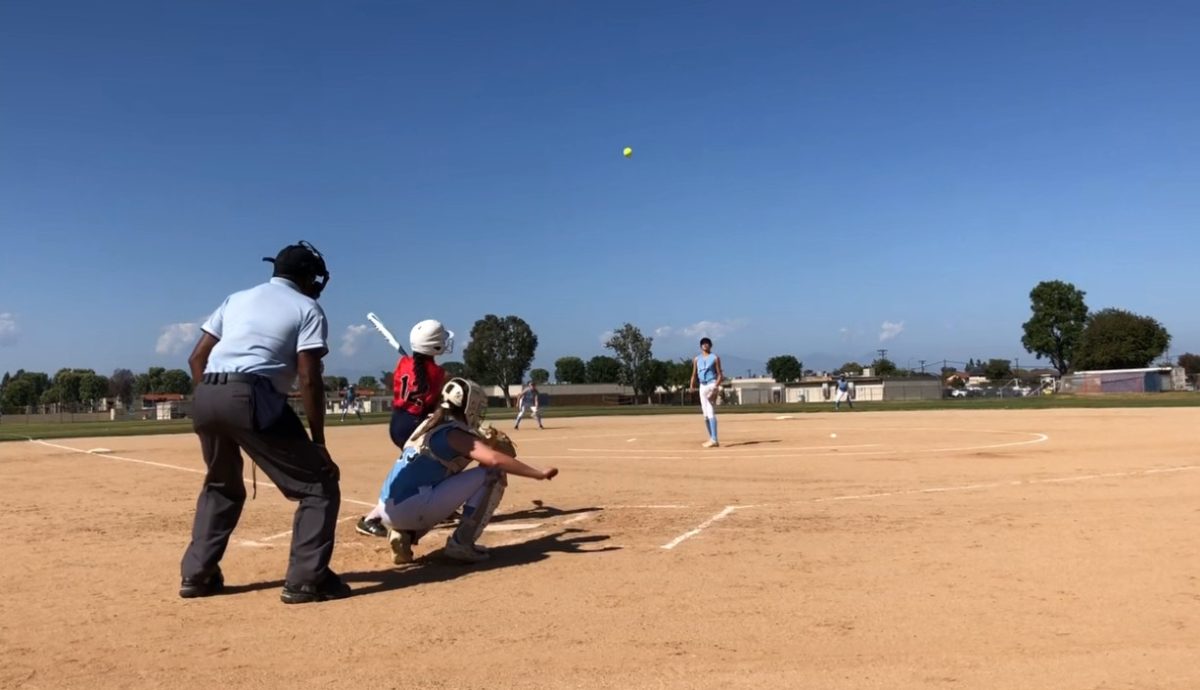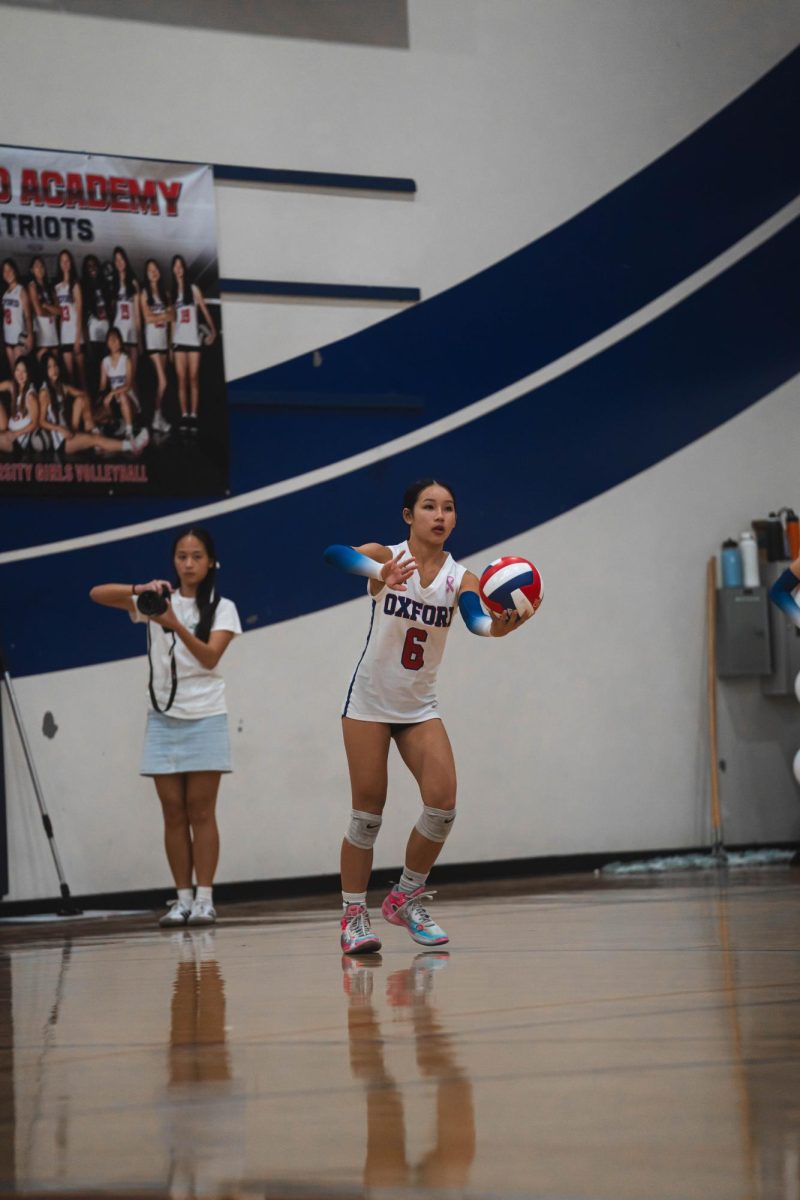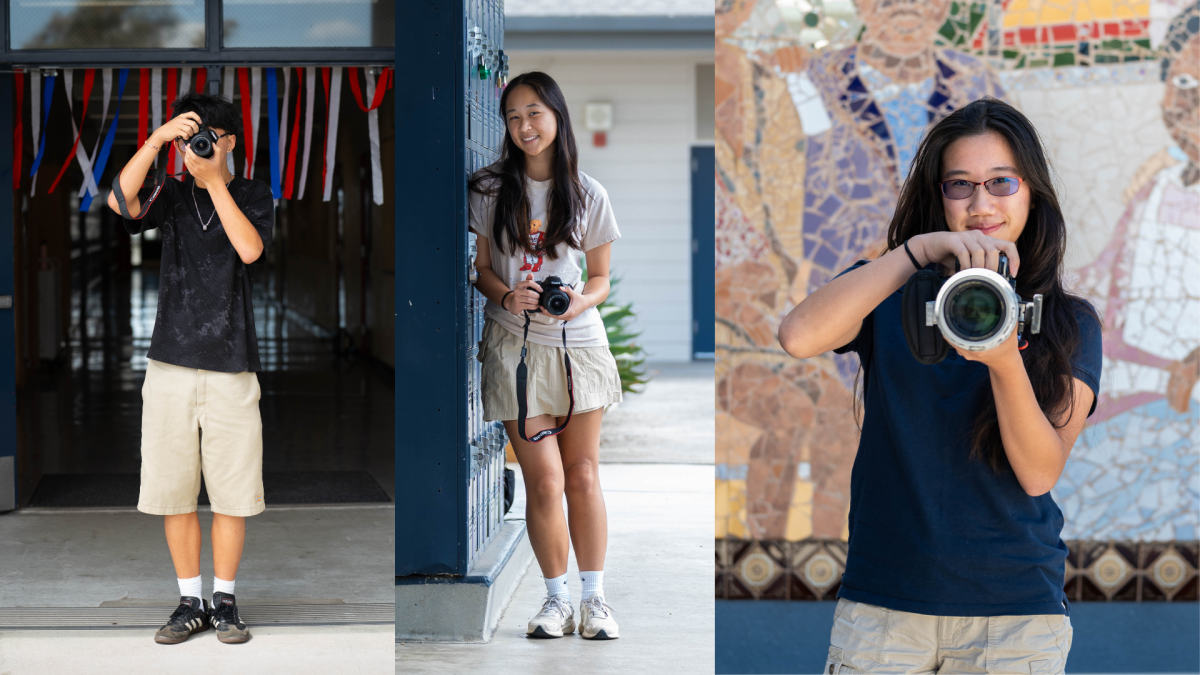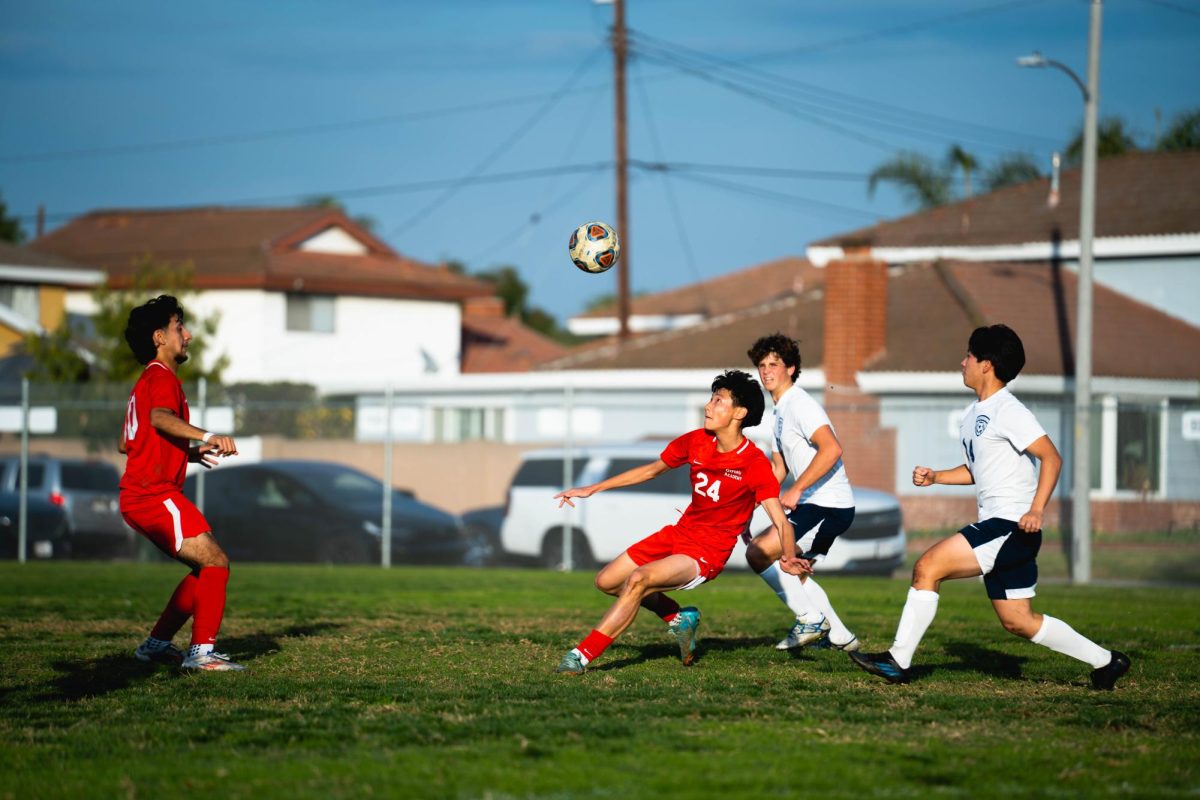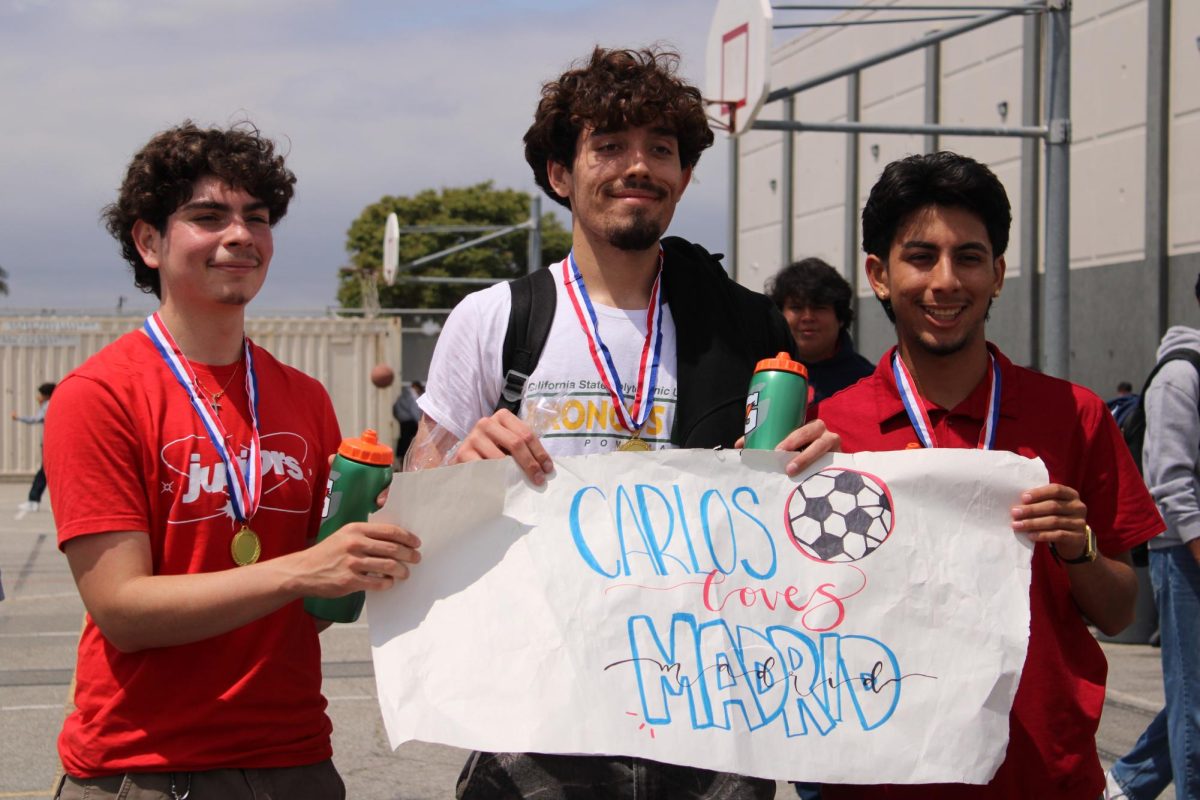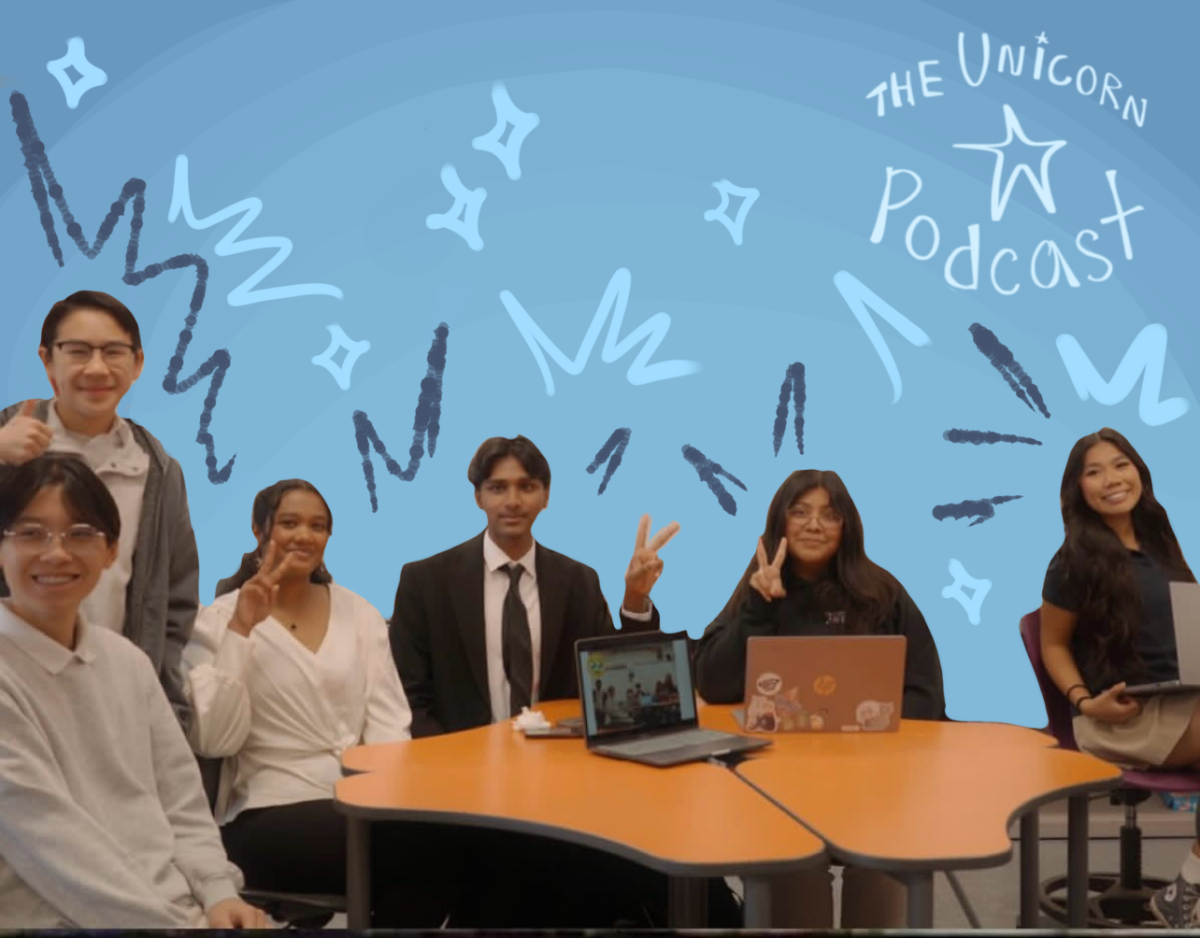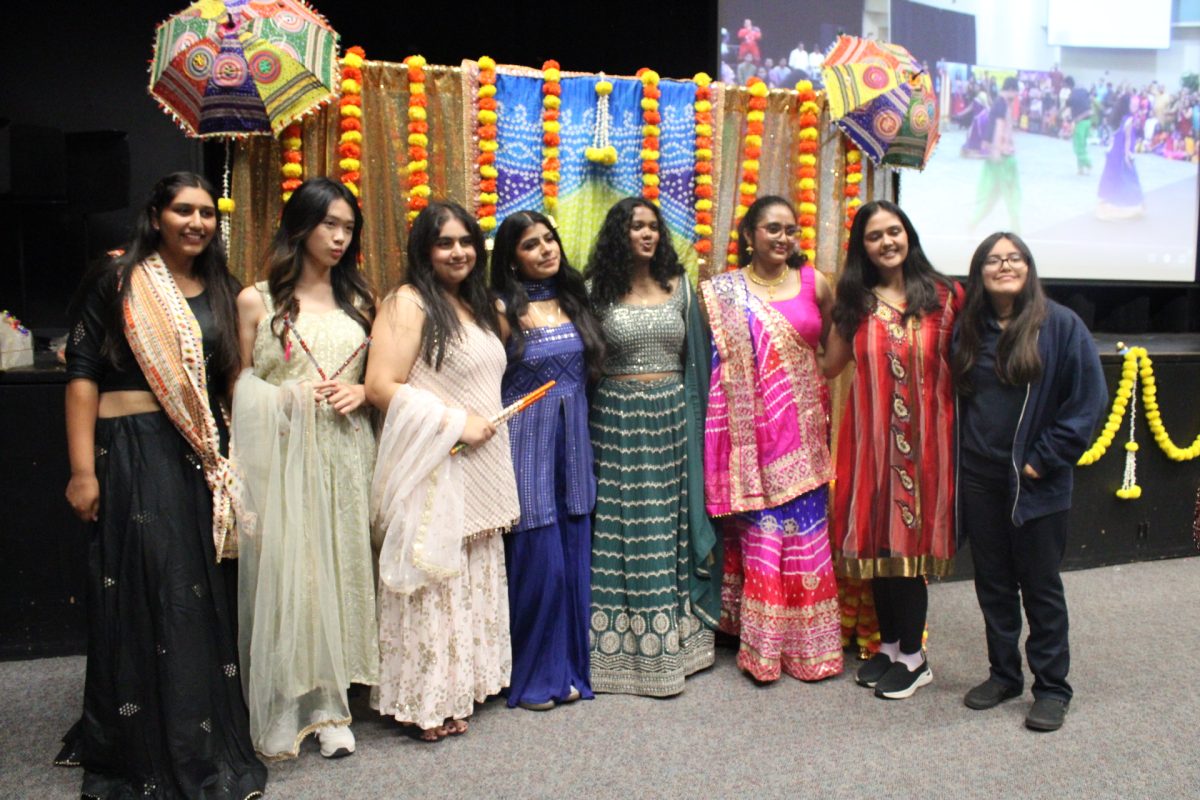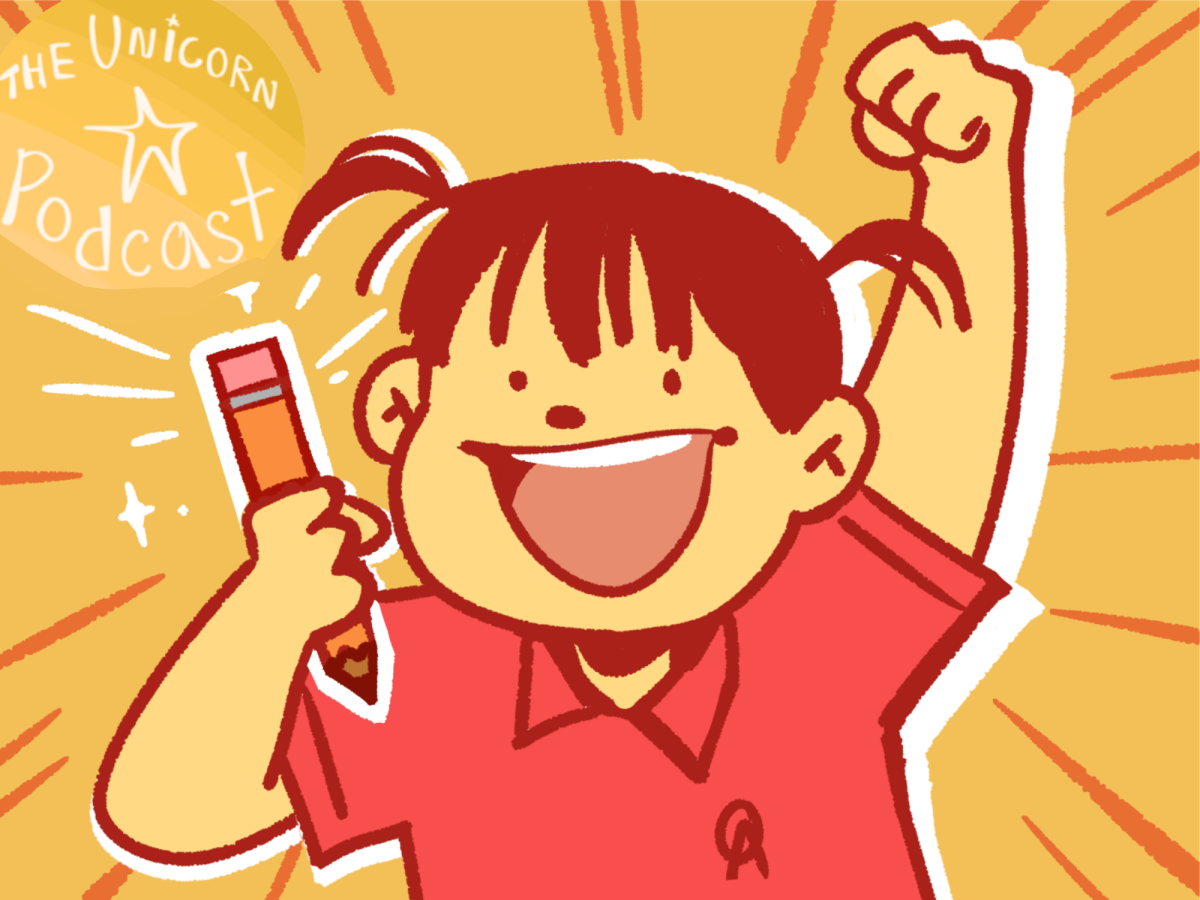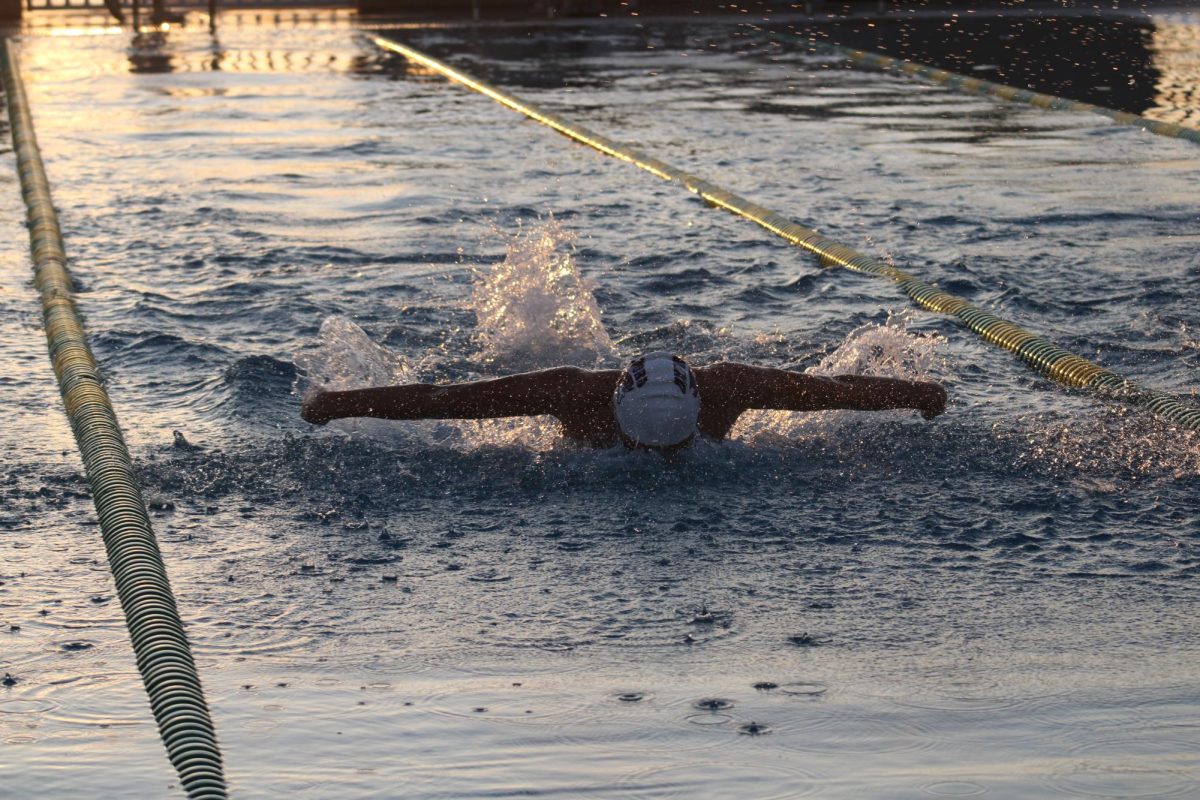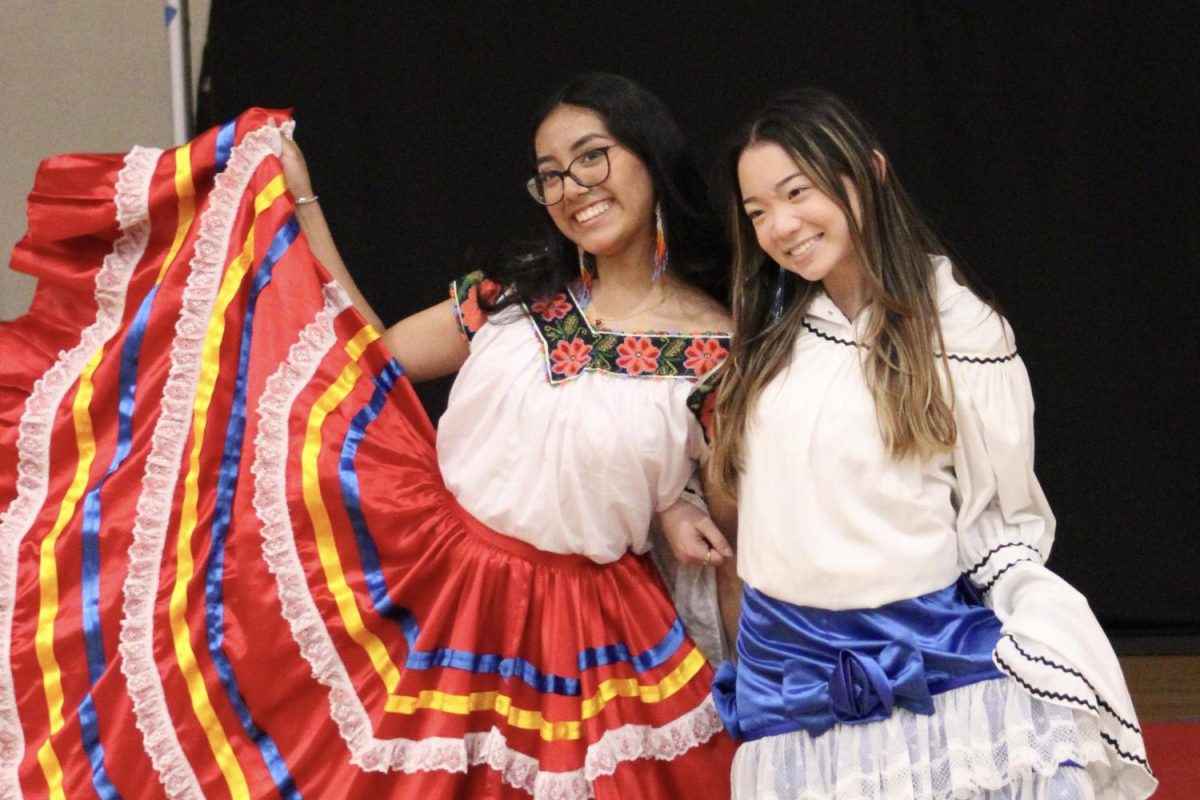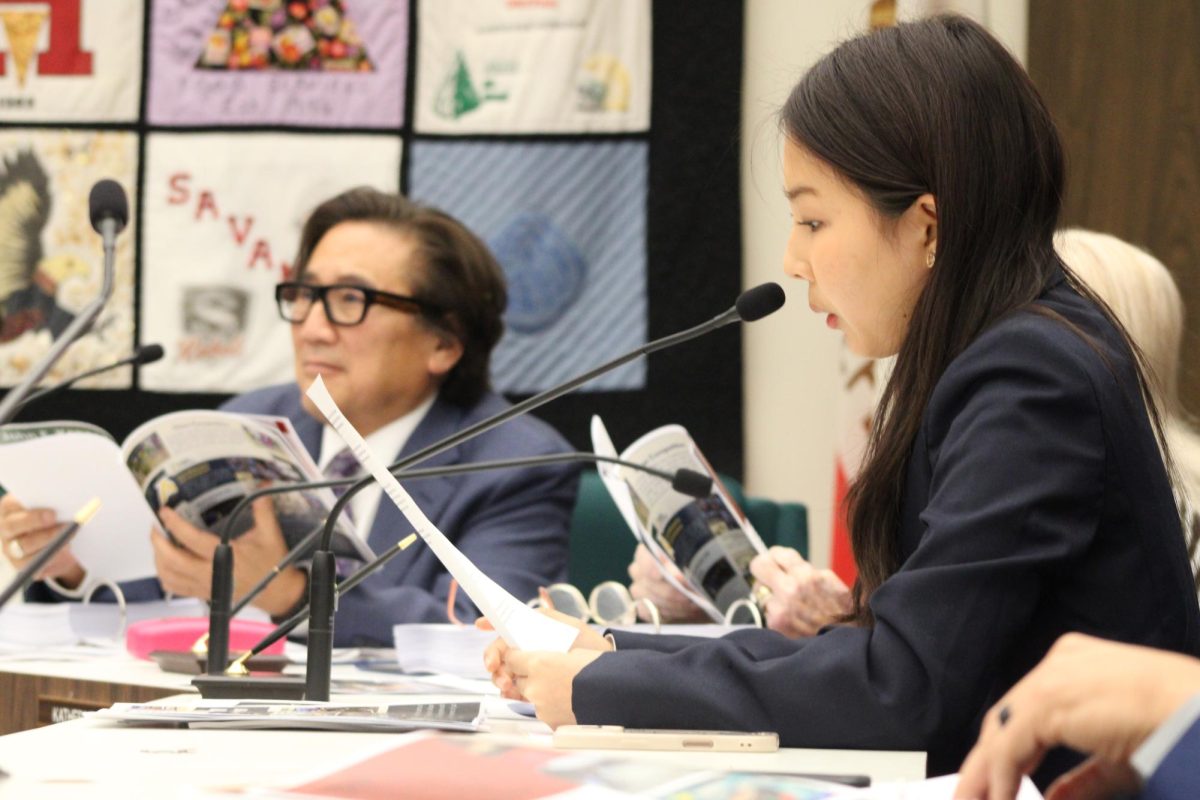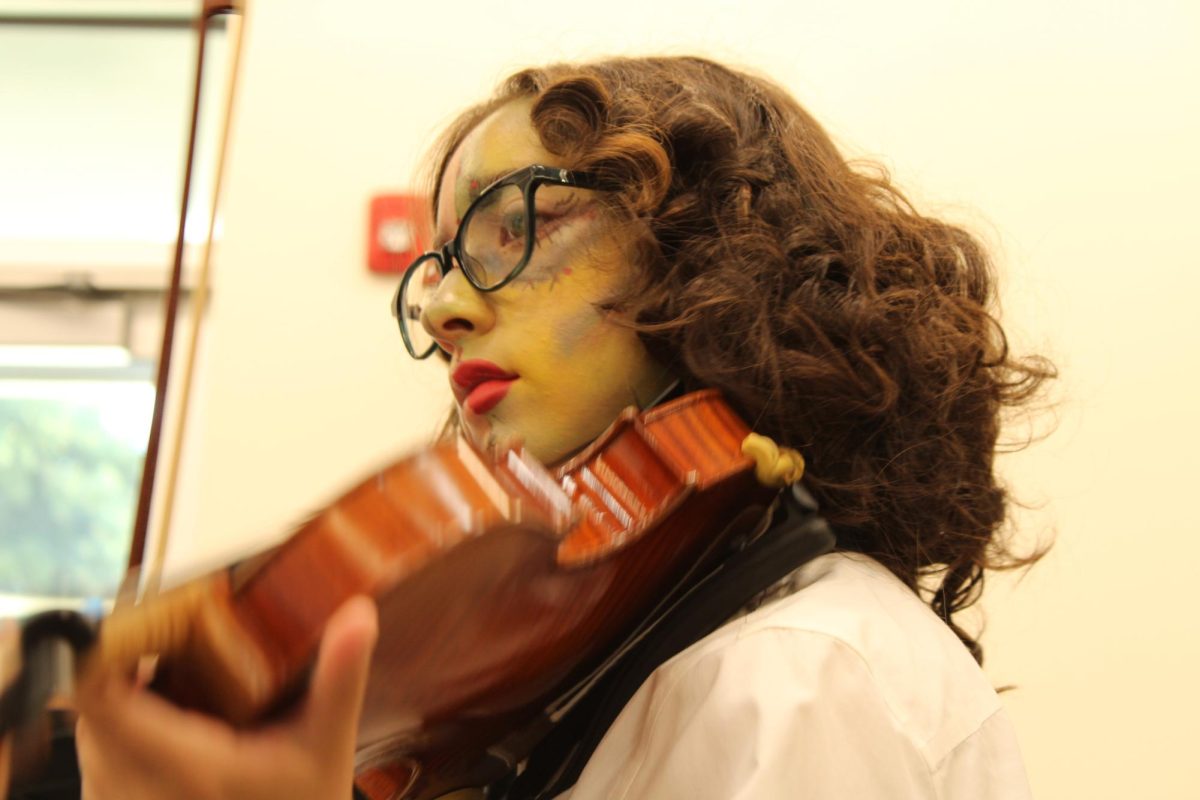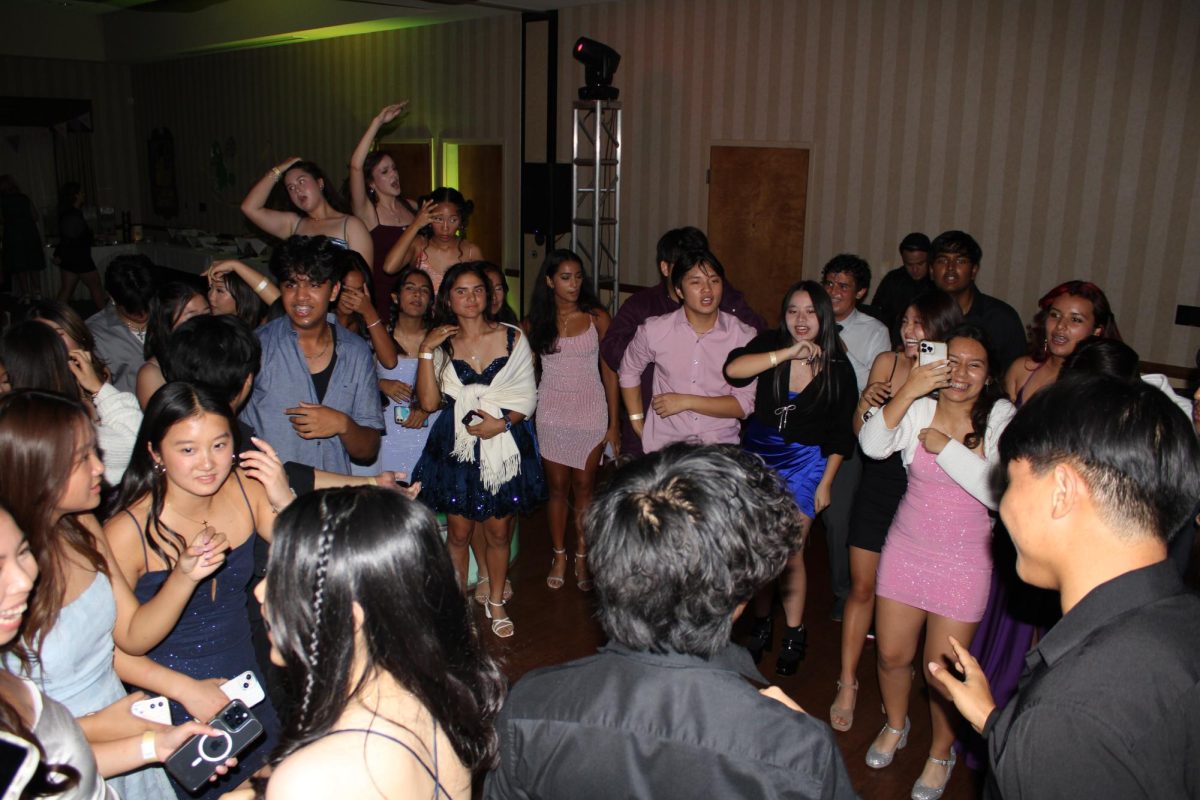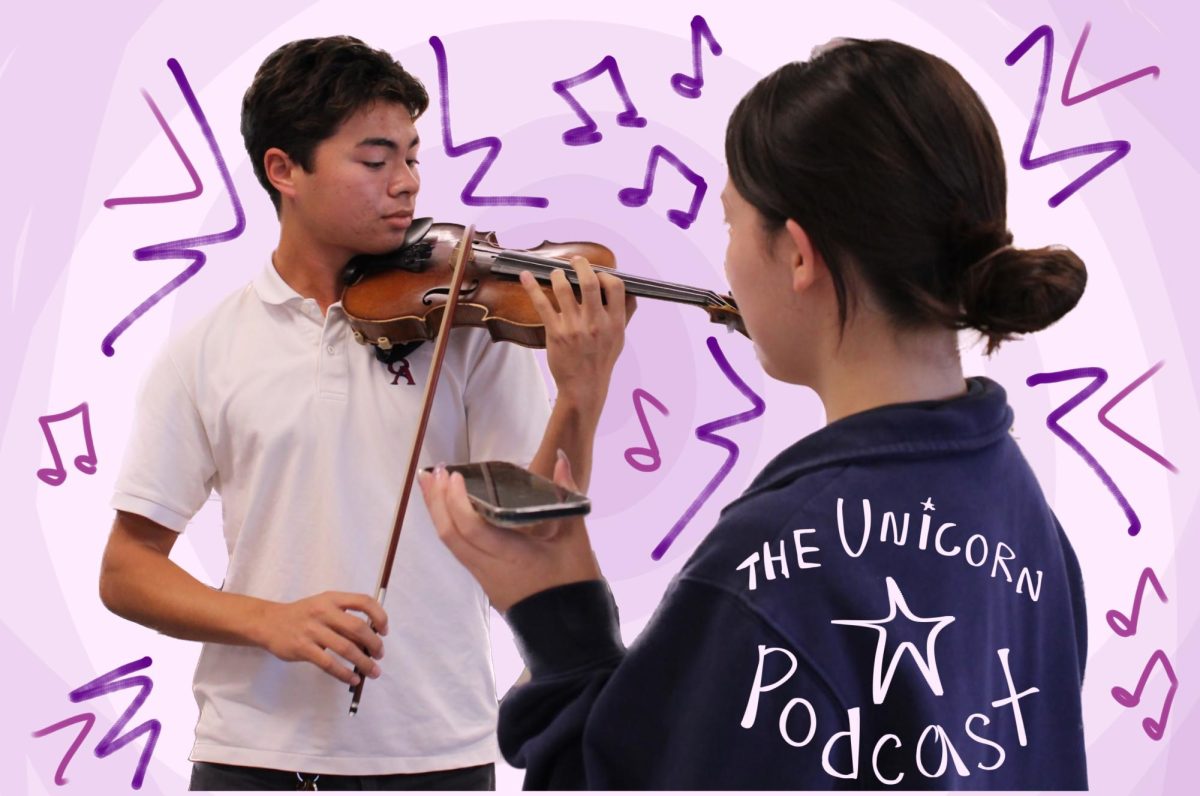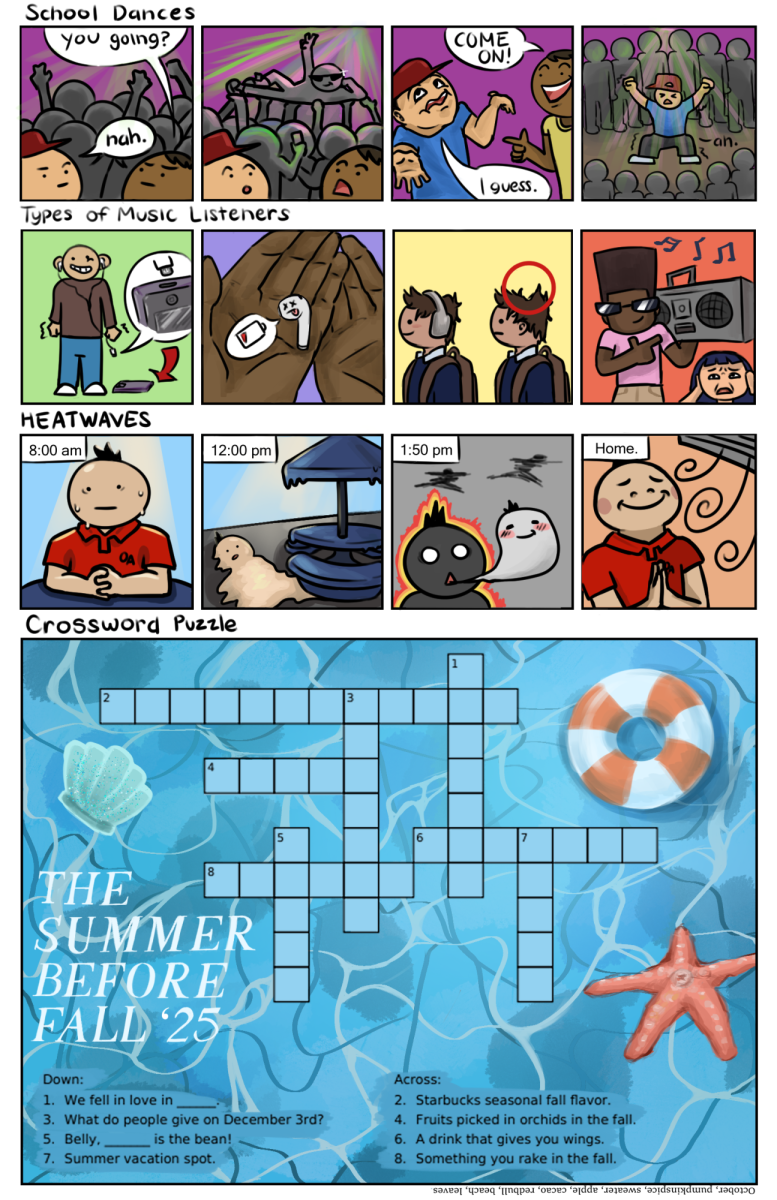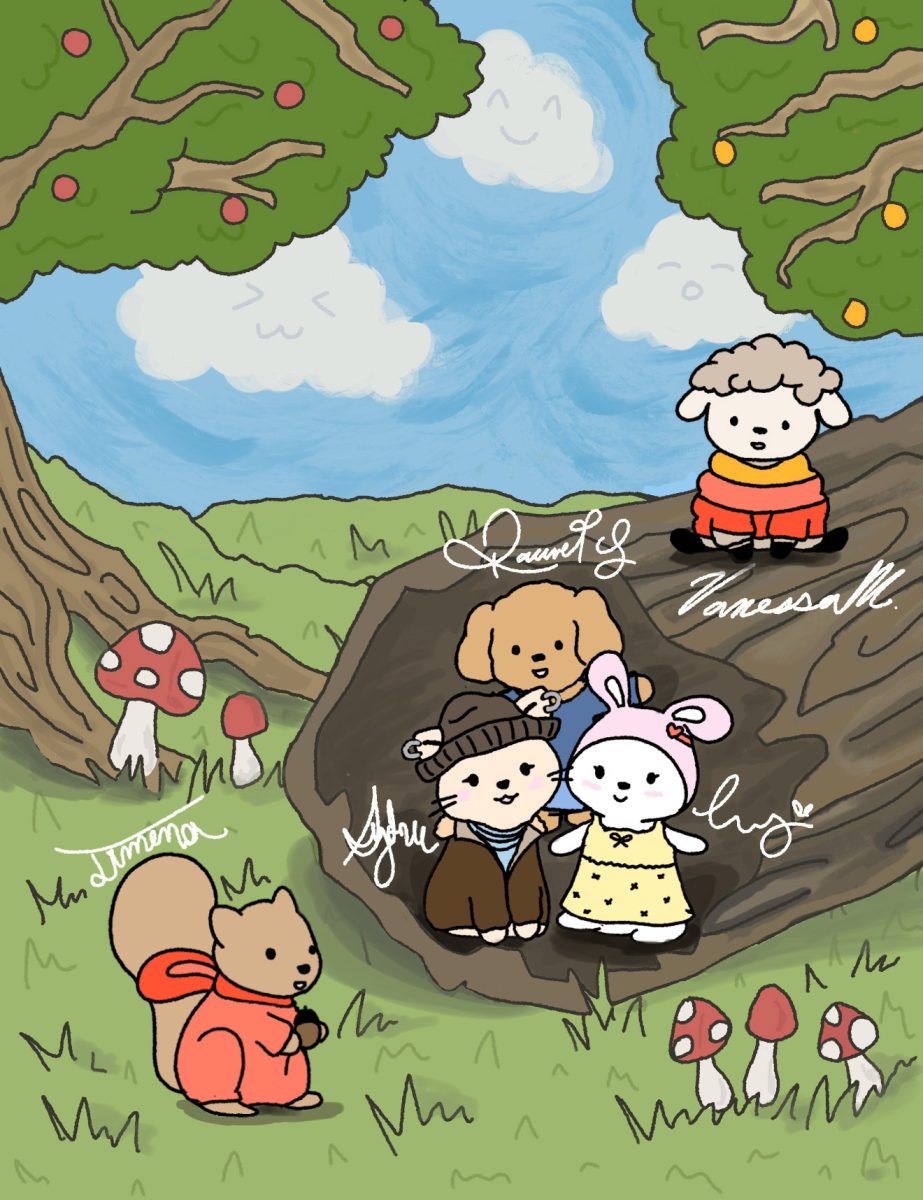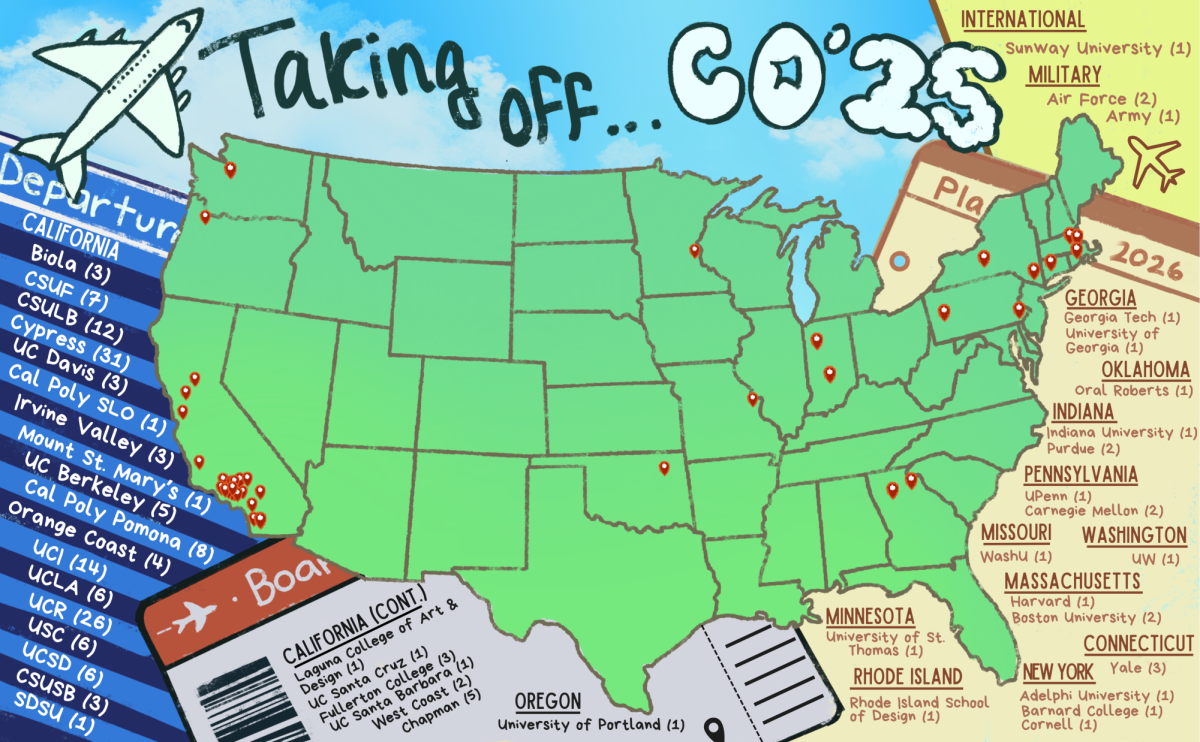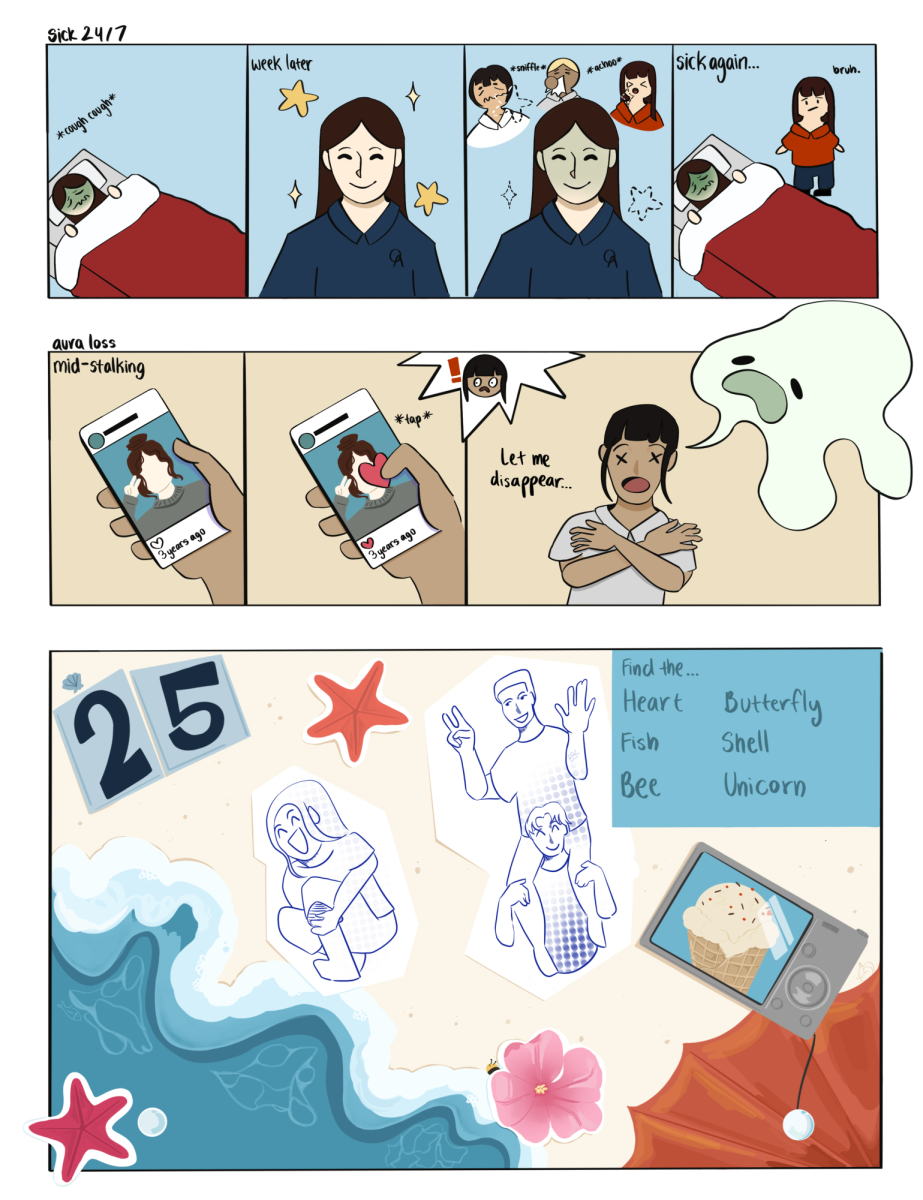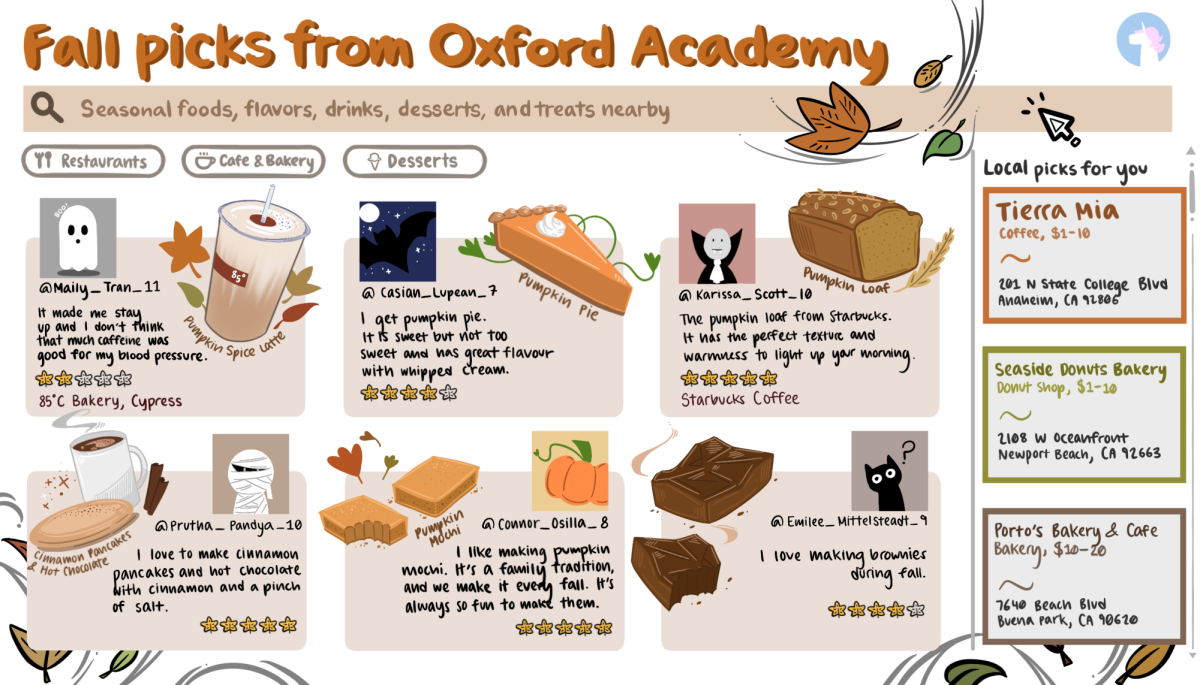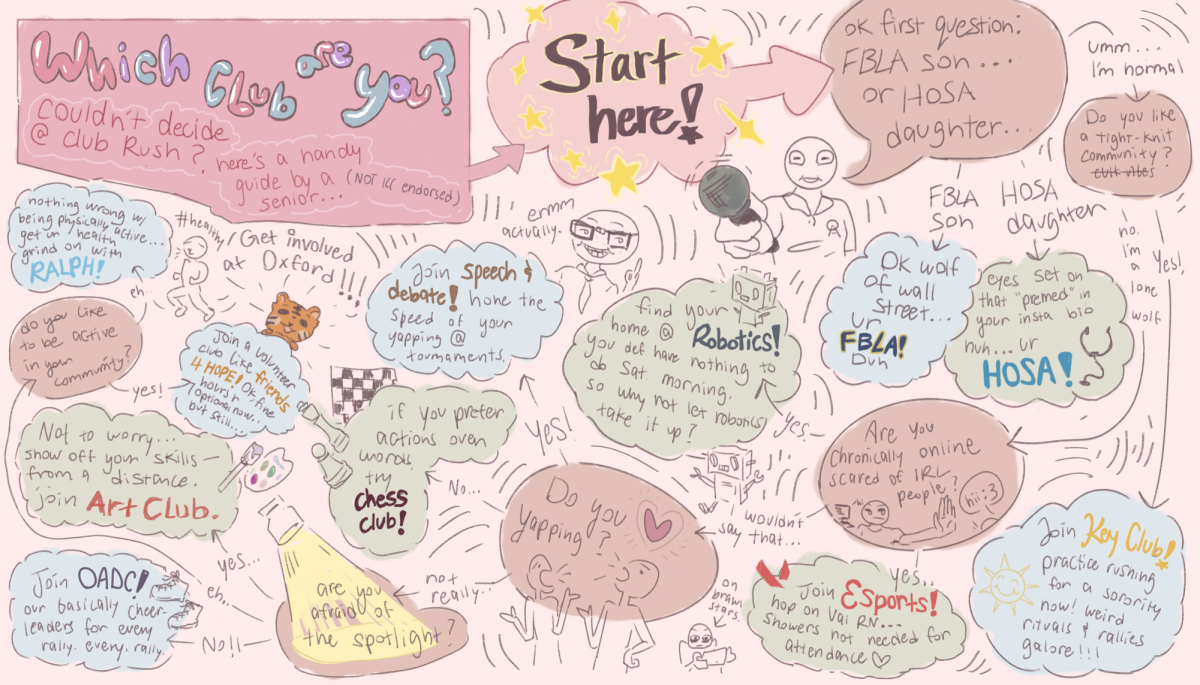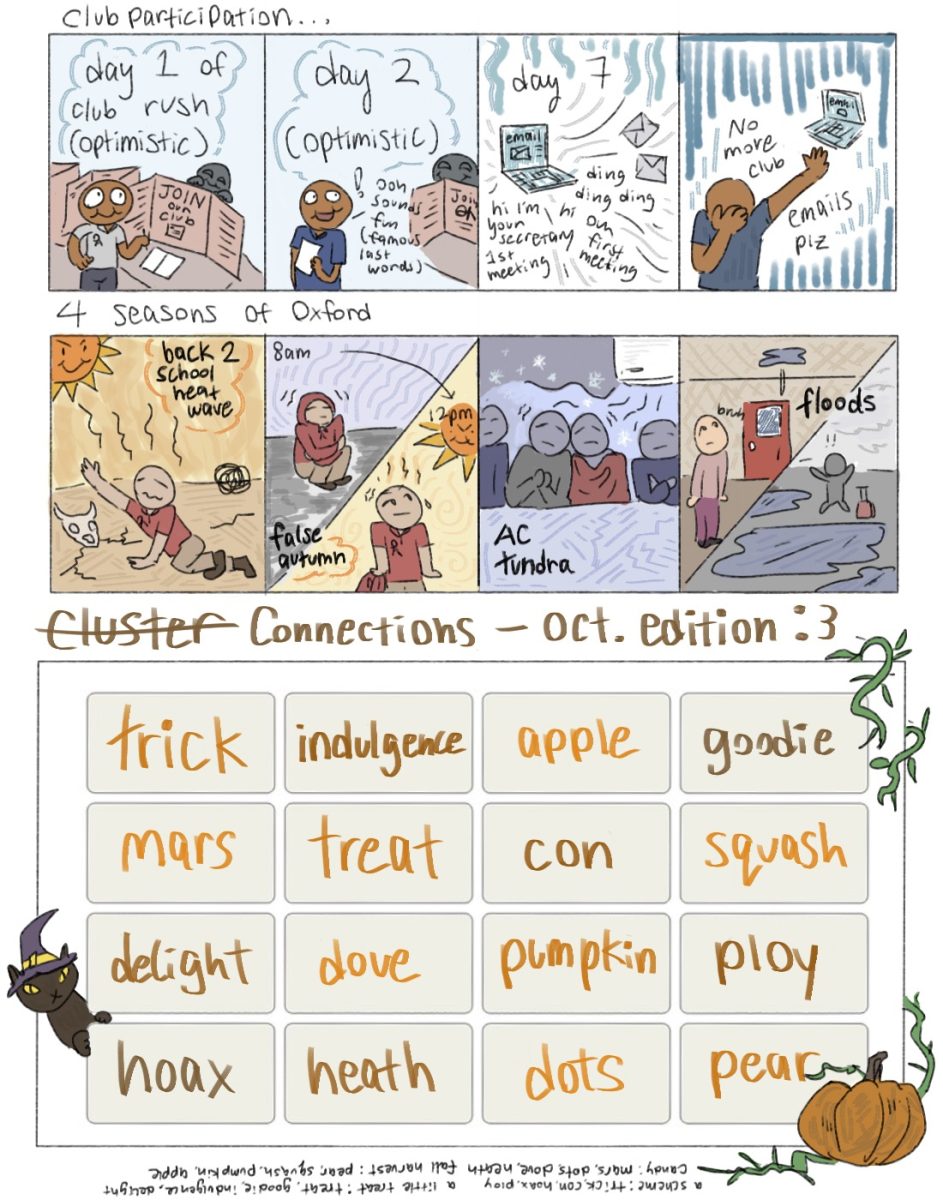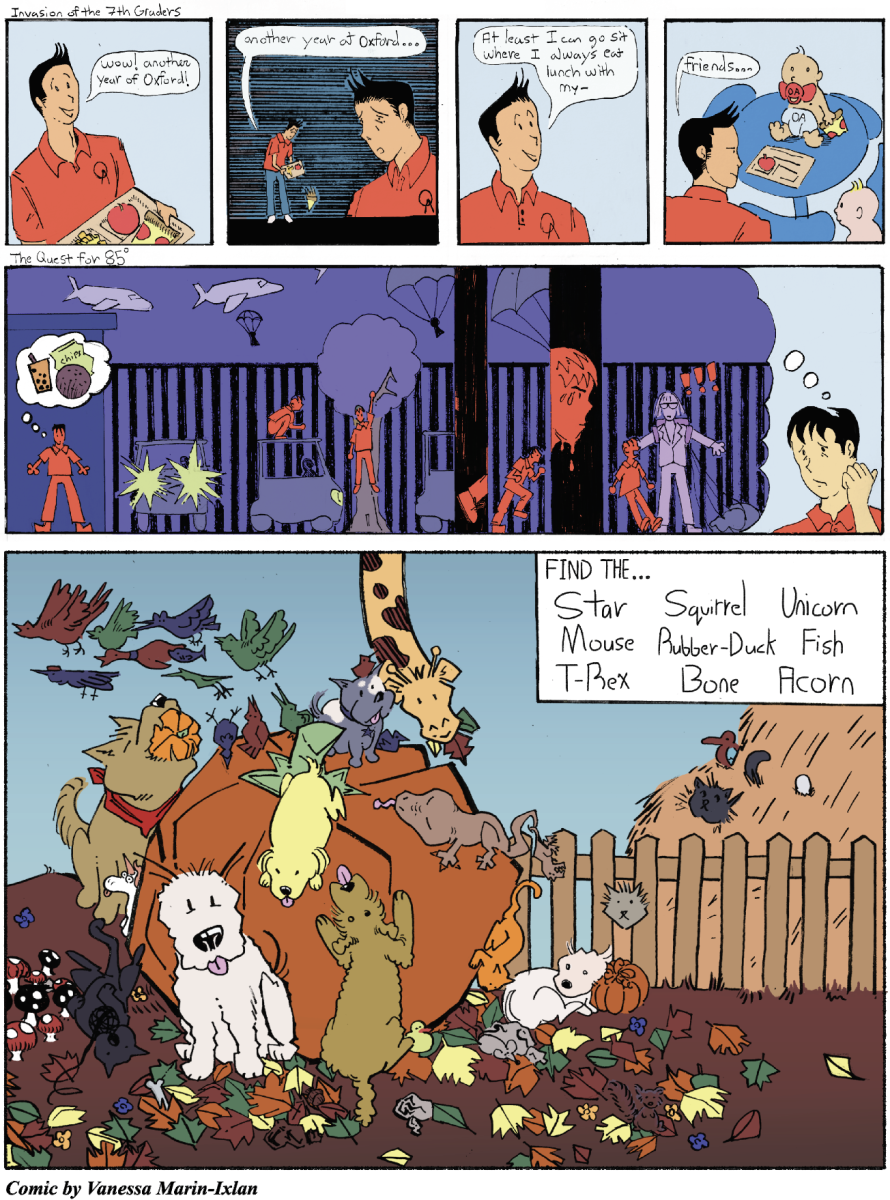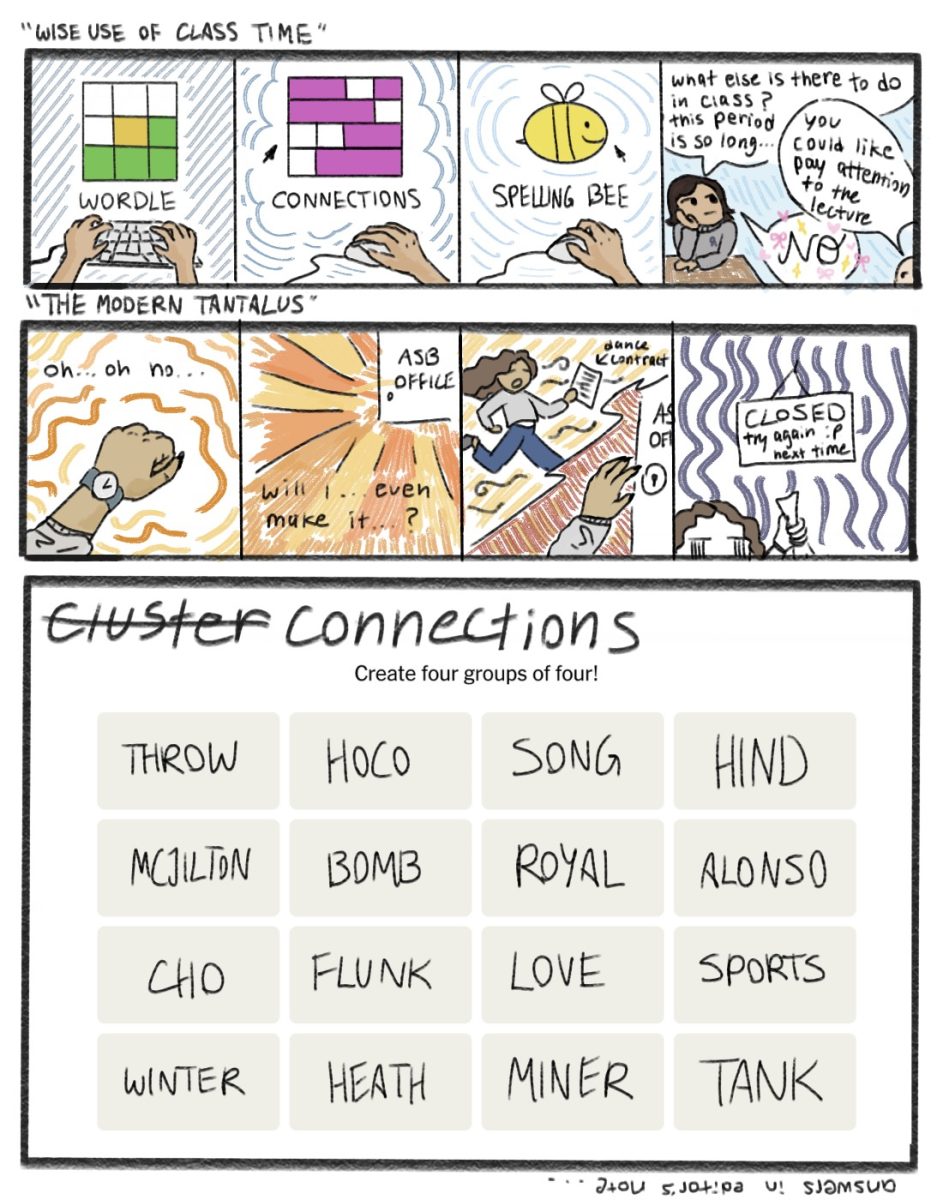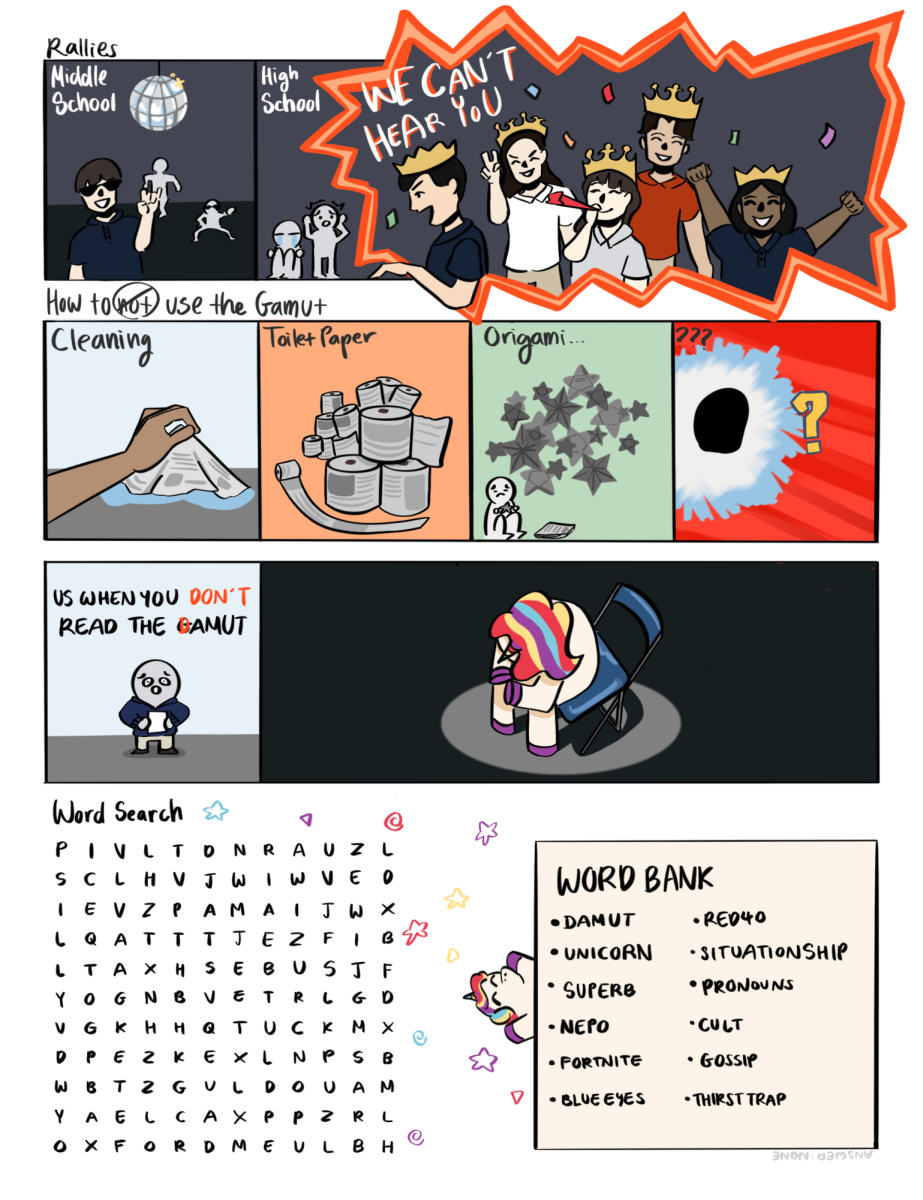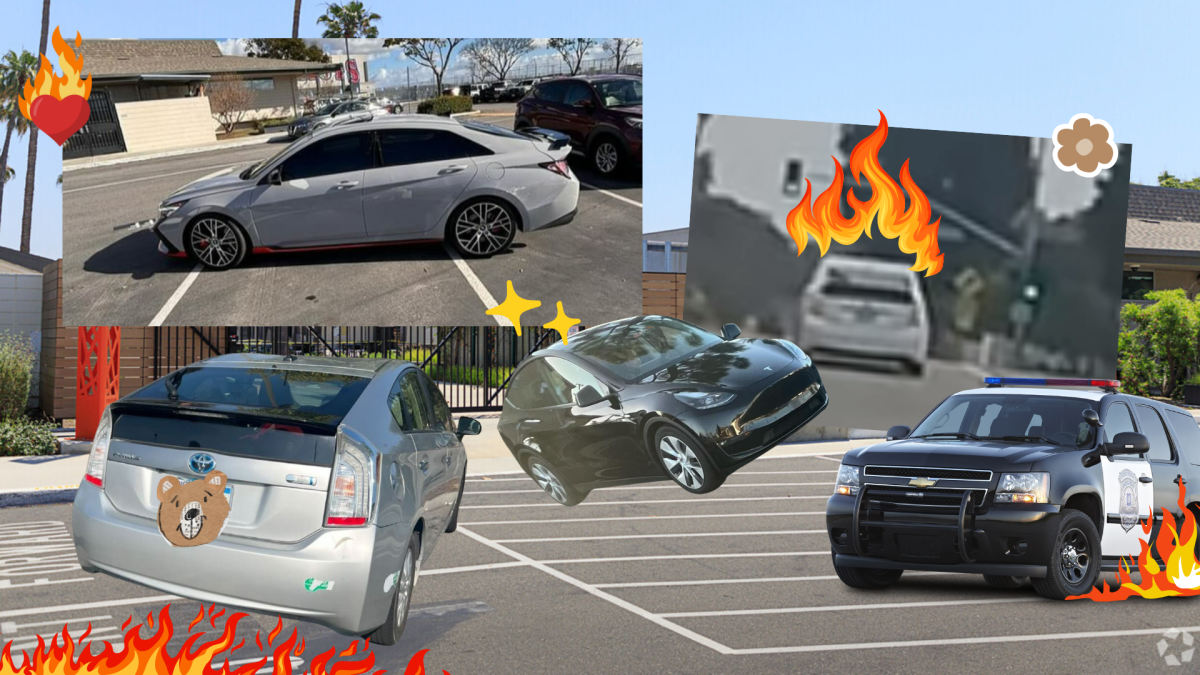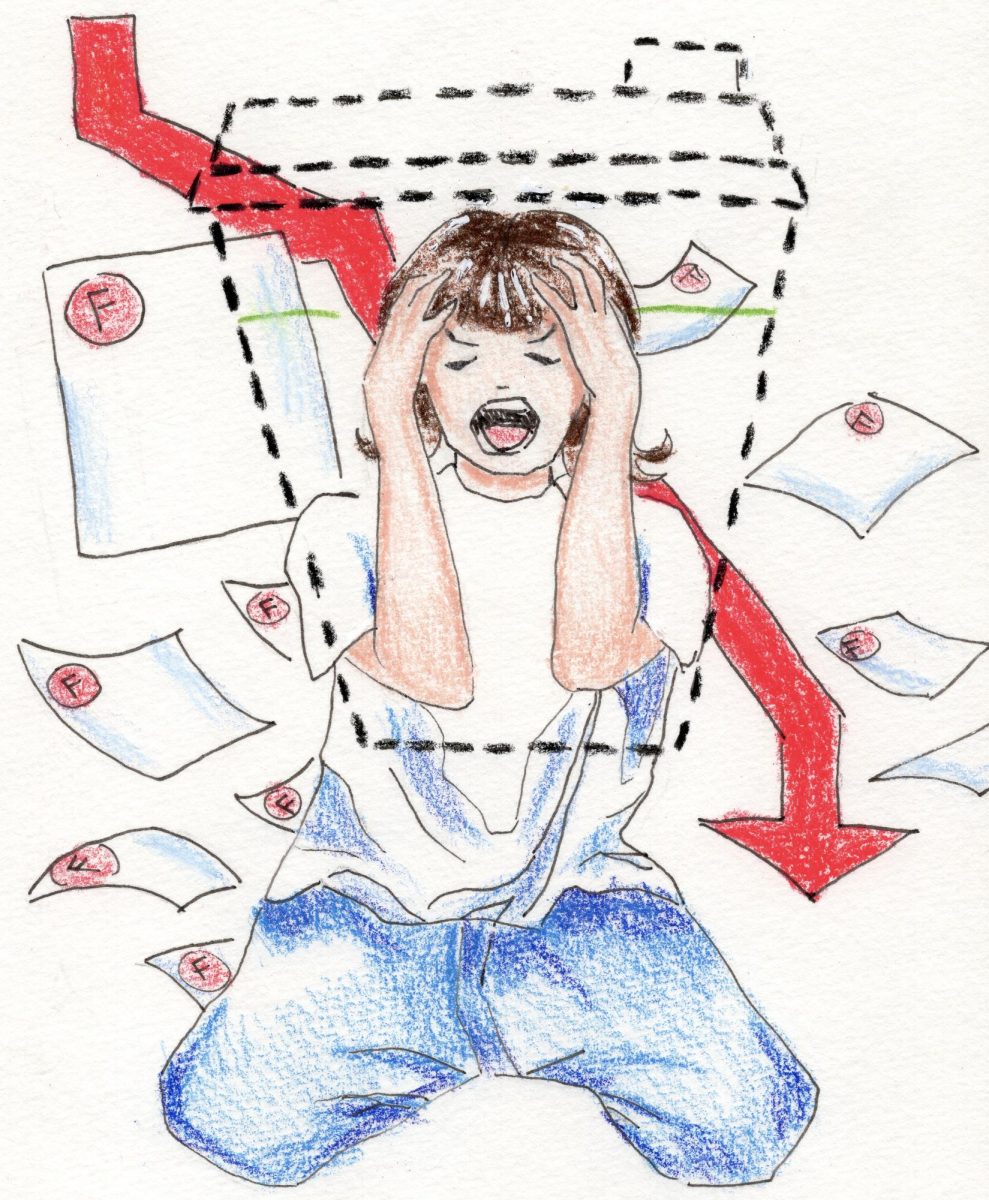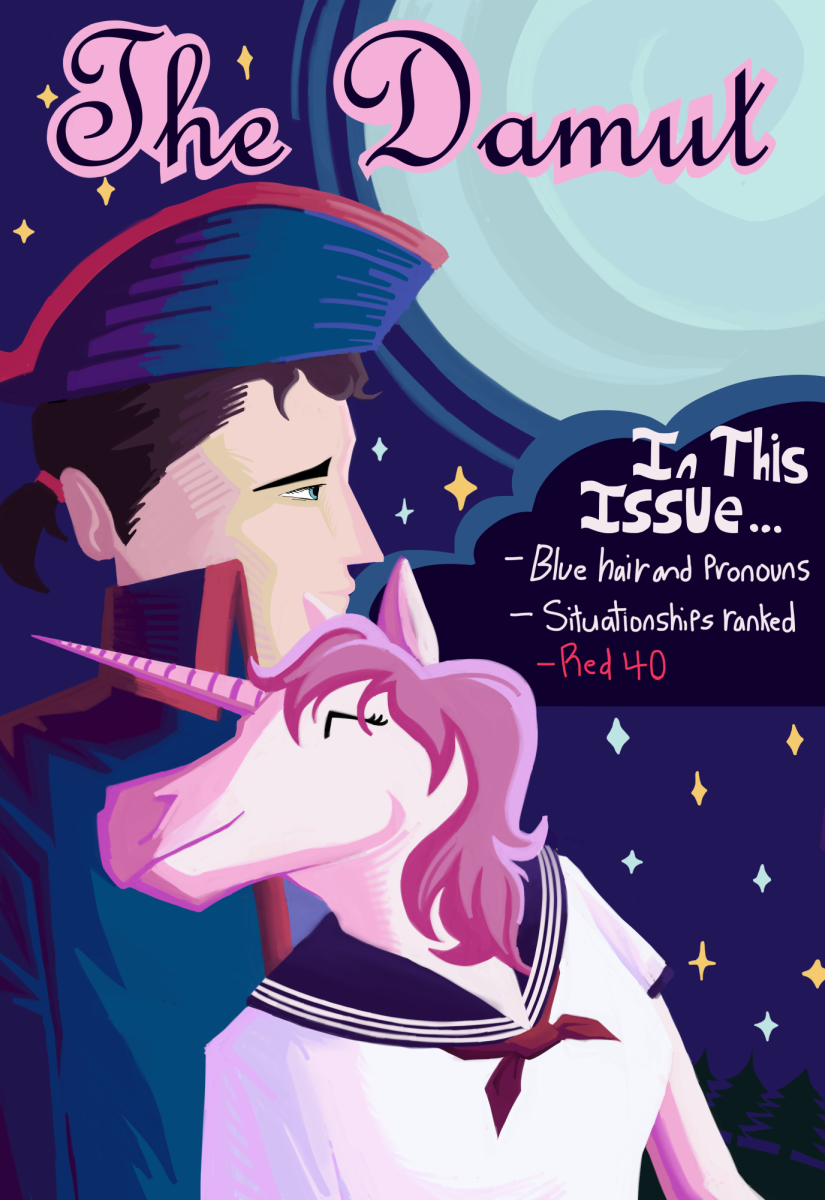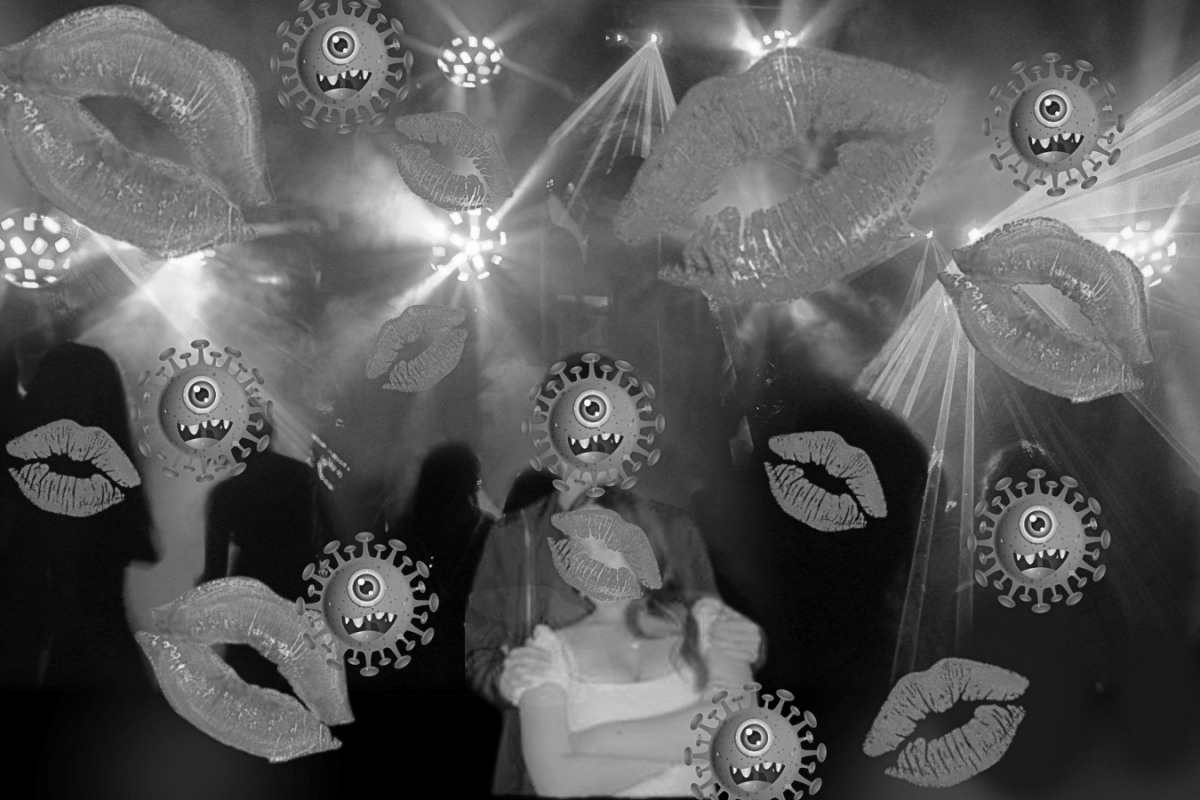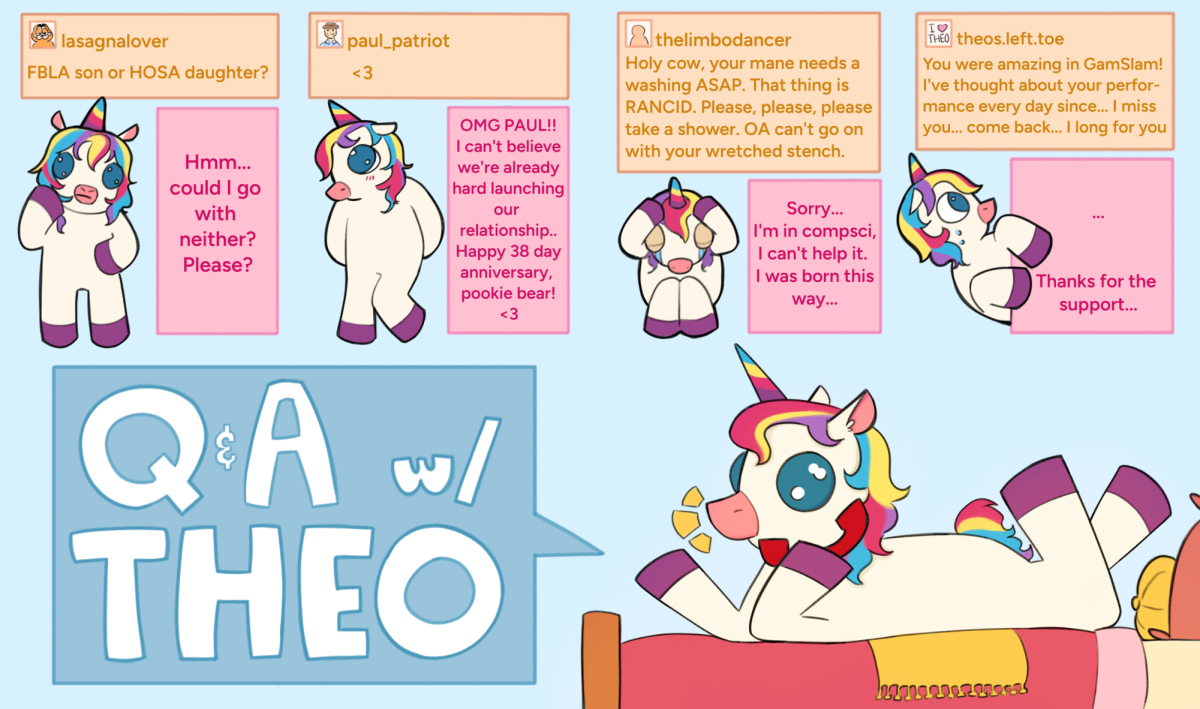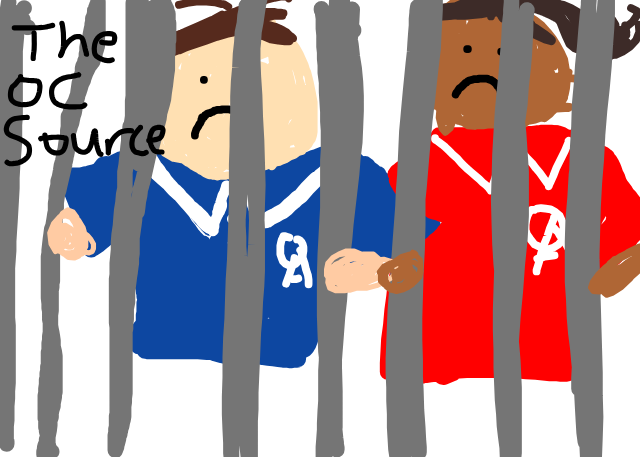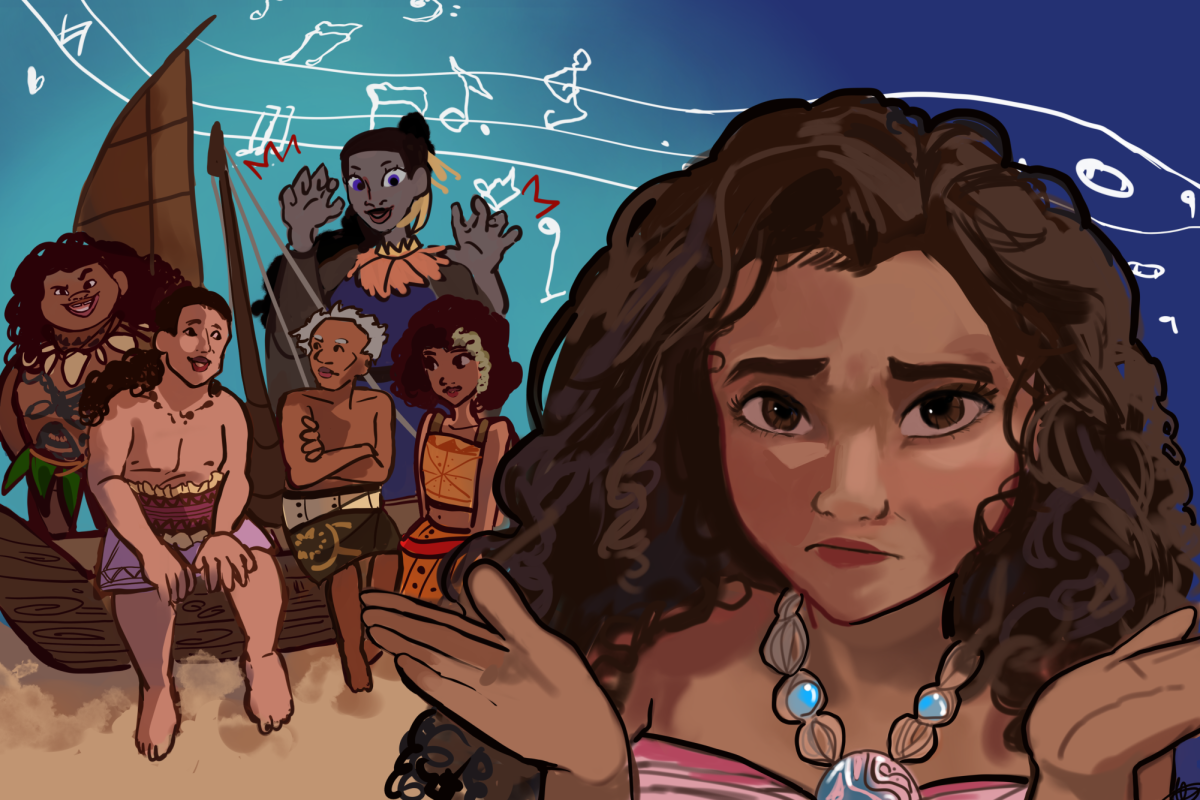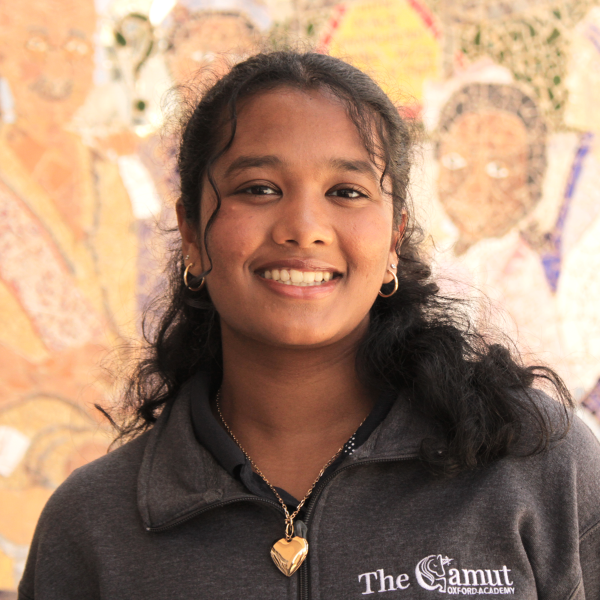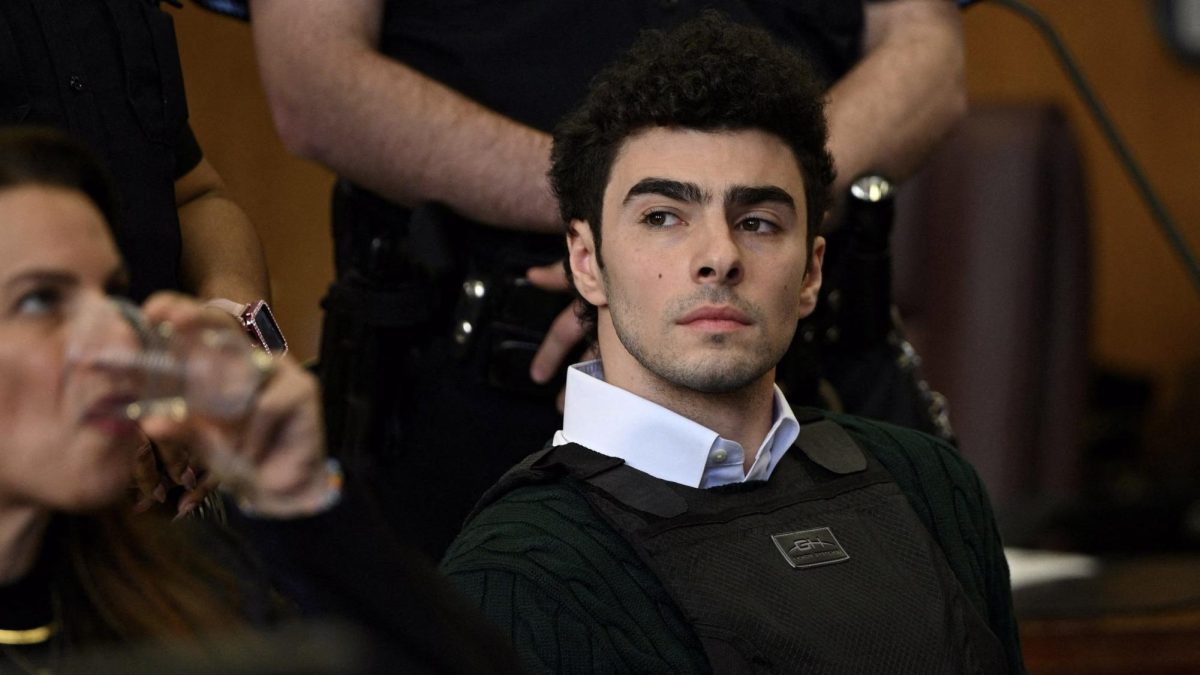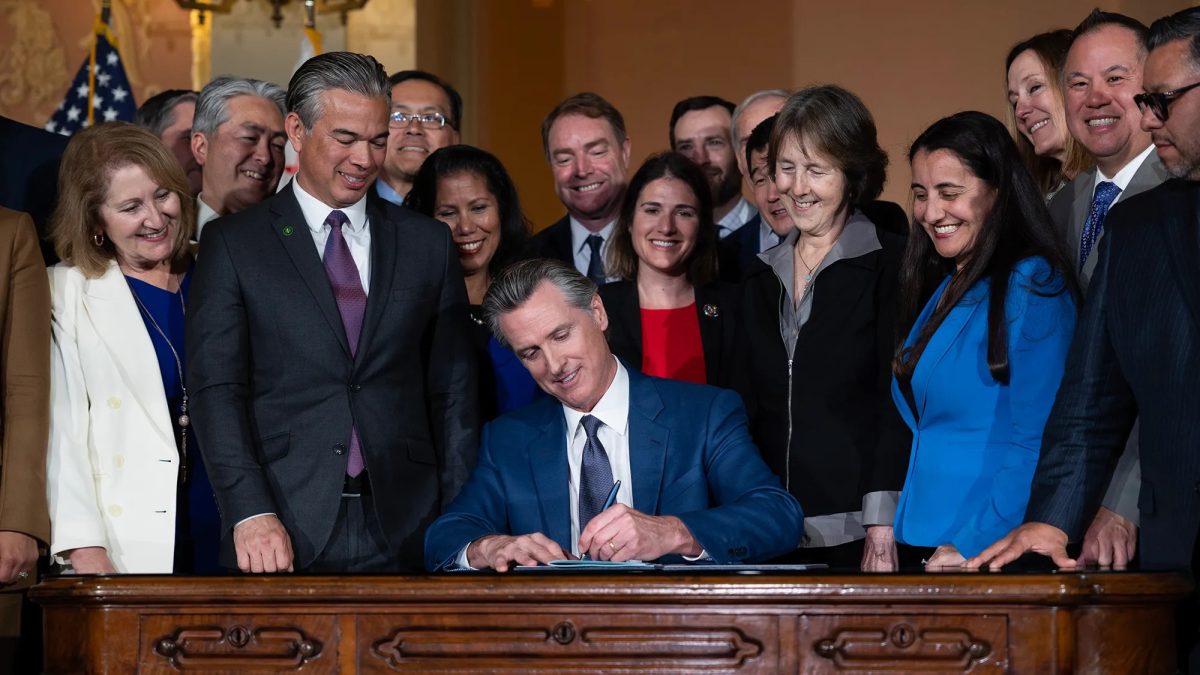Released in theaters on Nov. 27, “Moana 2” offered an intriguing continuation of a renowned story and immersed viewers with dynamic animation but ultimately fell short of its potential, leaving room for a more impactful narrative.
Taking place three years after the original, the movie reunites Moana (Auli’I Cravalho) and Maui (Dwayne Johnson) when Moana receives an unexpected call from her ancestors to create peace among all the islands in the region – especially, on the hidden, cursed island of Motufetu. Facing many challenges along the way, such as the wicked underworld deity Nalo, Moana recruits new faces, Moni (Hualalai Chung), Loto (Rose Matafeo), and Kele (David Fane) to join her journey.
The 2016 Disney film “Moana,” was an inspiring, heartrending story about family, challenge, and adventure steeped in ancient Polynesian culture. Moana’s original soundtrack, crafted by Lin Manuel Miranda, received multiple accolades, including the Grammy for Best Song Written for Visual Media with “How Far I’ll Go.” The original soundtrack’s themes of self-identity and family fused into authentic Polynesian sounds follow in Moana 2’s soundtrack but without Miranda’s lyrical variety, the soundtrack fell flat. Aside from standout songs “Get Lost,” and “Beyond,” most of the songs felt unoriginal and too similar to each other.
However, the film’s origin hints at a stronger storytelling alternative. “Moana 2” was originally supposed to be a Disney+ TV show that would be continuously updated to follow Moana along her many journeys. The movie would have benefited from this format as the side characters, Moni, a story-teller infatuated with the tales of Maui’s heroism, Loto, a chatty but witty engineer, and Kele, a grumpy yet soft-hearted farmer, along with Moana’s newly introduced younger sister, Simea got the short end of the stick and didn’t have time to feel as developed as our trusty Moana and Maui.
Simea, although adorable, only served to remind Moana to come home safely but existing figures like Moana’s parents, could have done the same. In an episode format, the storytellers could have had time to develop the sisters’ relationship and make Simea more than just a cute face.
Similarly, the chemistry between the crew seemed too perfect, lacking humanistic aspects. Each character was barely introduced before being whisked away by Moana to find Motufetu. Each character was given a flaw that culminated in a minor conflict on the boat, where they were unable to cooperate. However, it was immediately resolved through a song and not addressed again, leaving viewers with the comment, “That’s it?” poised on their tongues.
The characters, such as villain Nalo, and Matangi also felt anticlimactic. Matangi, originally teased to be the primary villain, was a minor character who served as a stepping stone for Moana and her crew to reach their final destination. As for Nalo, a voiceless, faceless villain, viewers felt disappointed that his depiction never went past a furious storm.
While Moana 2 stunned with immersive animation, its rushed pacing didn’t allow for fully fleshed-out characters and weakened the impact of the story. With its compelling new plotlines, the movie would have benefited from an episodic structure but despite its flaws, audiences left the theaters with a sense of nostalgia.

